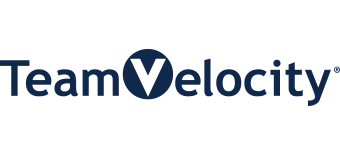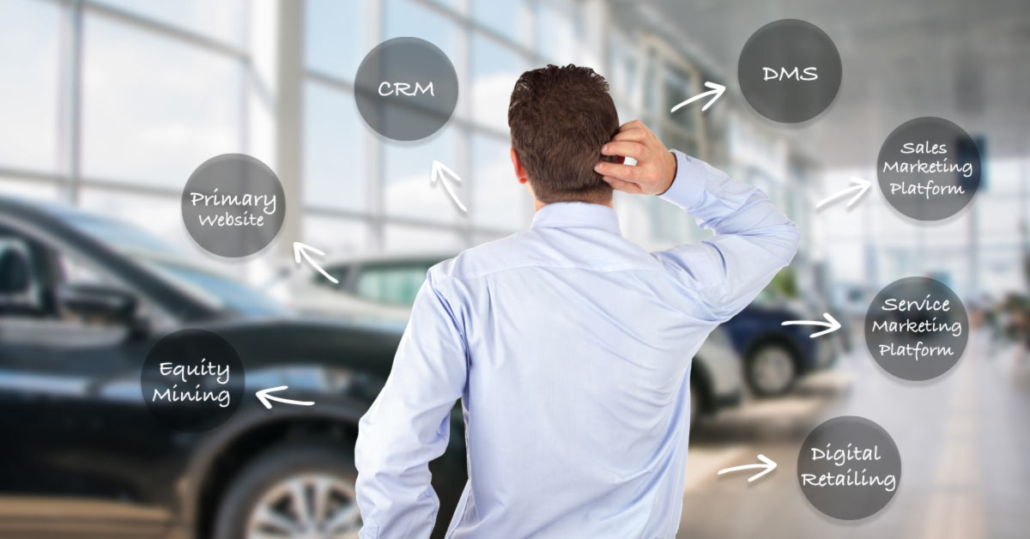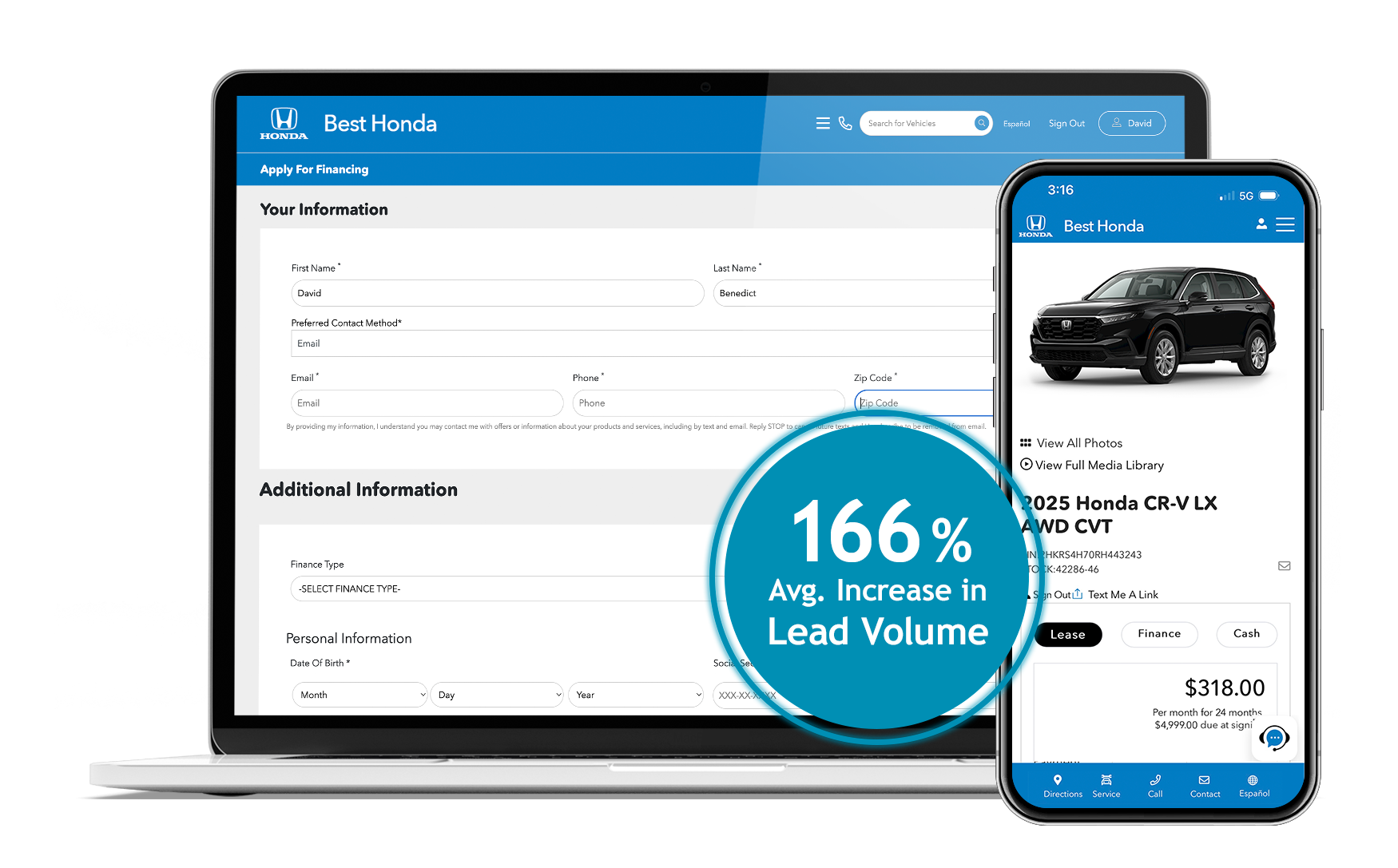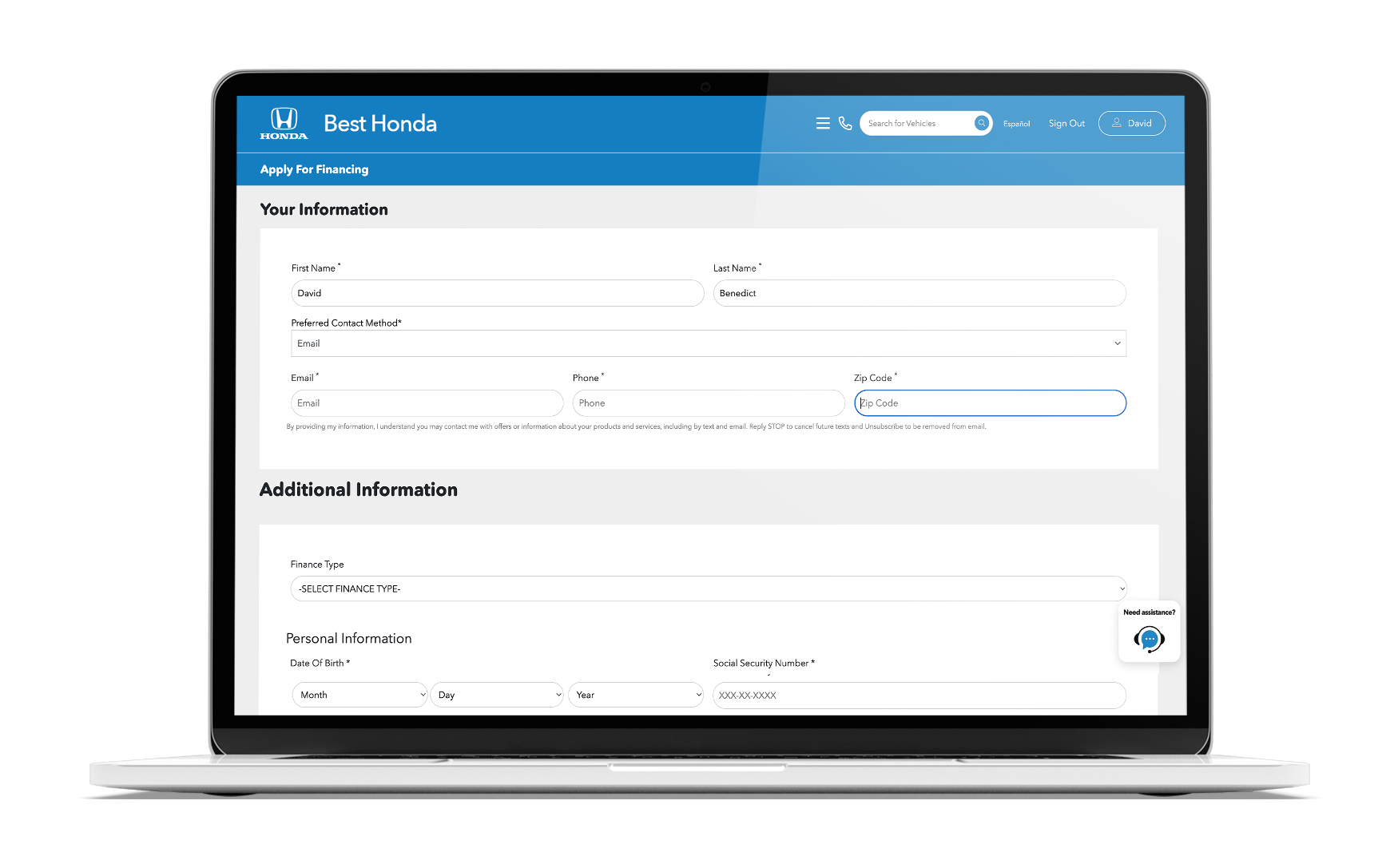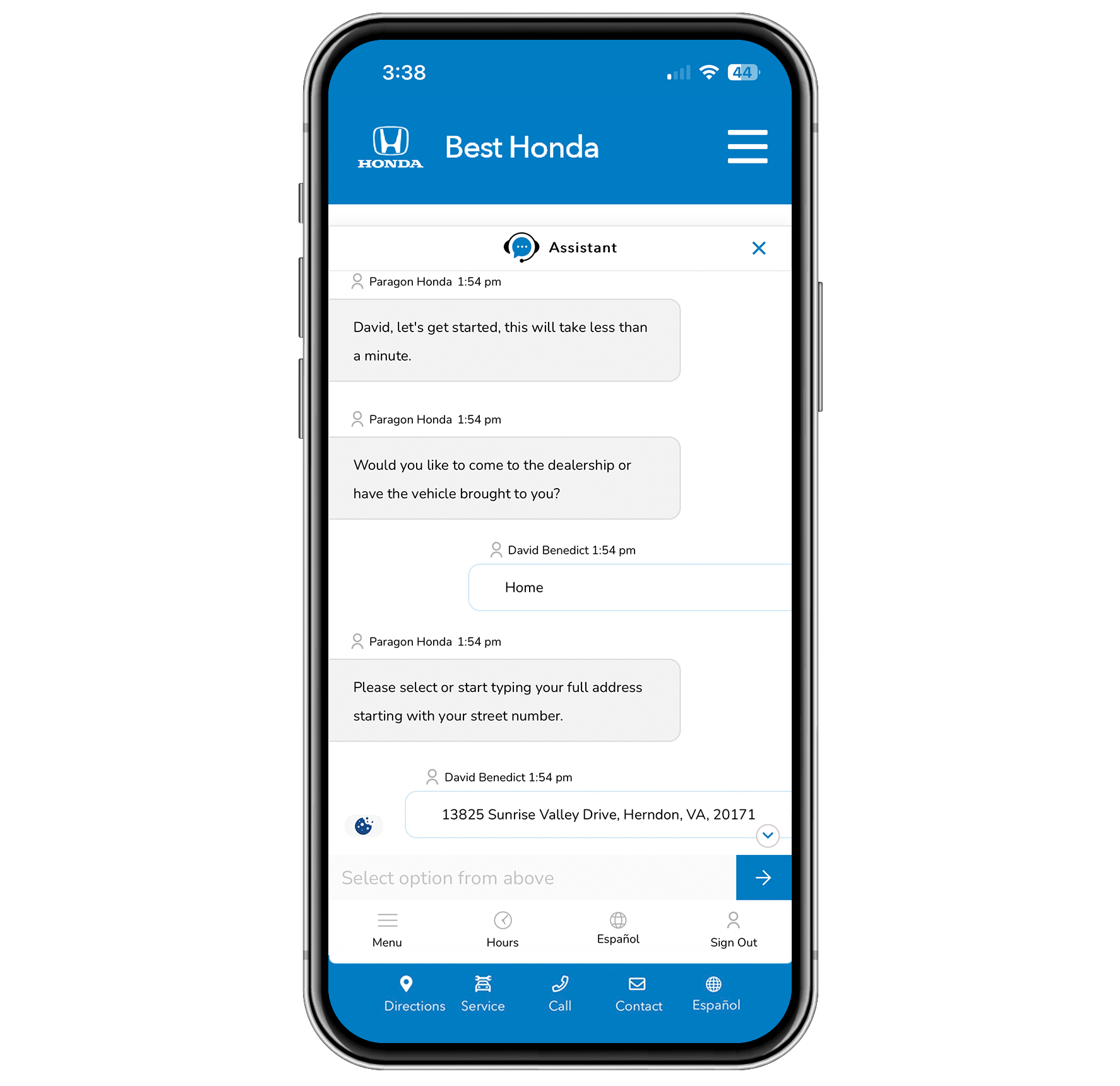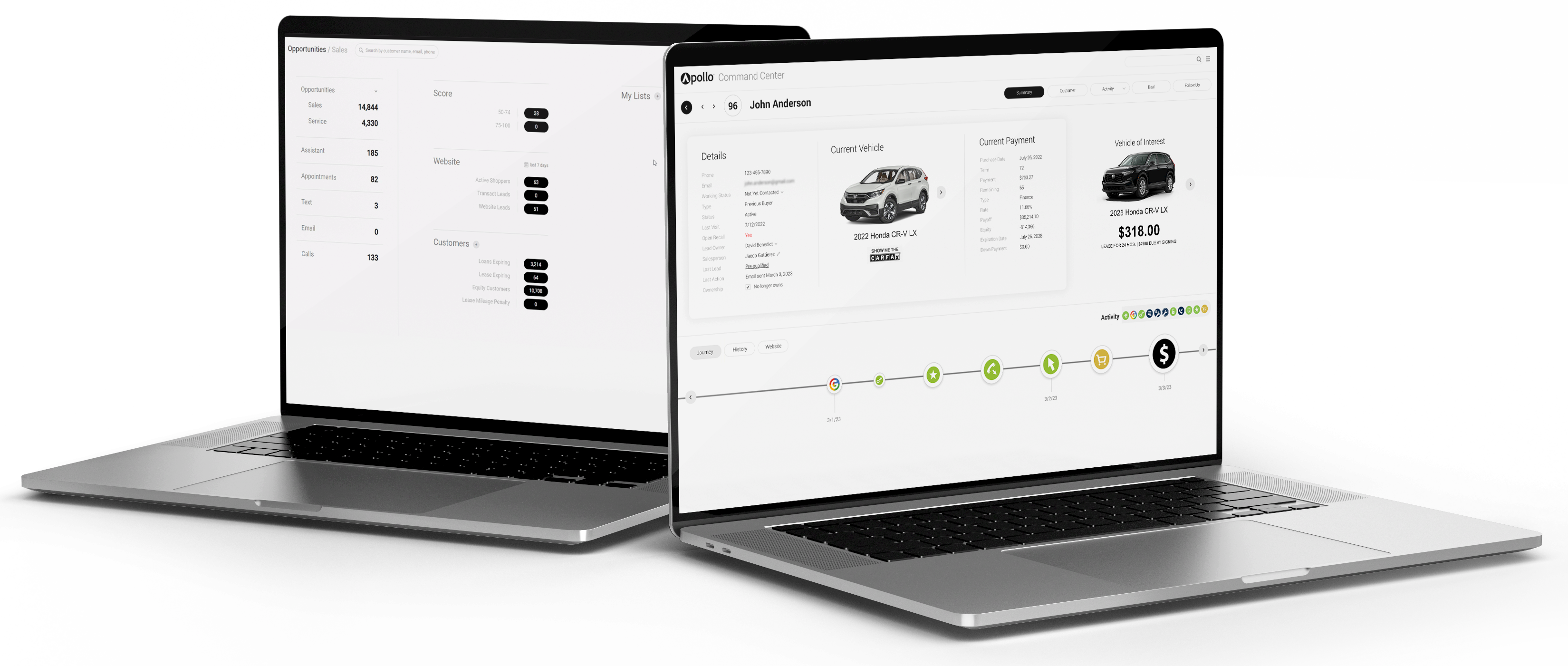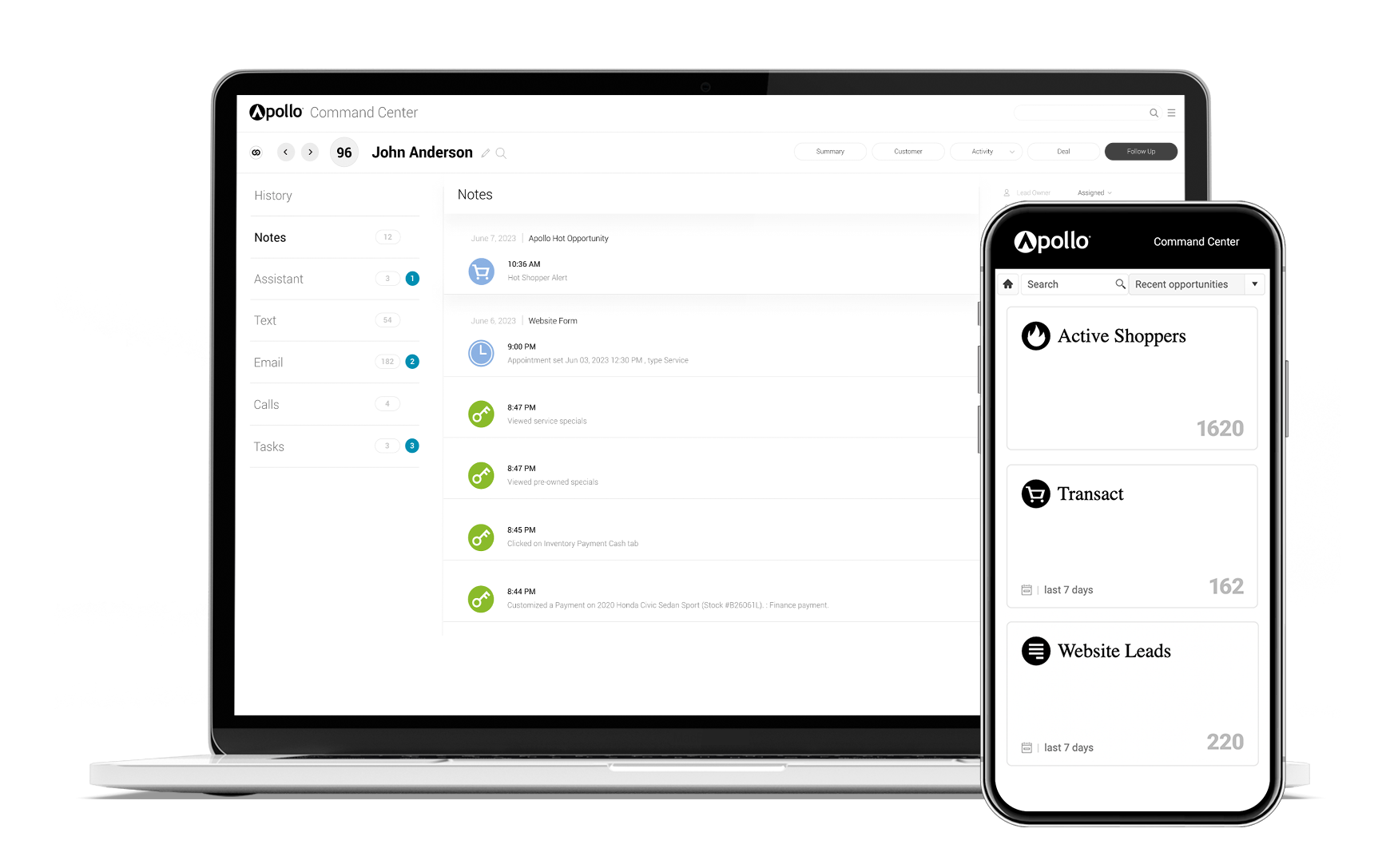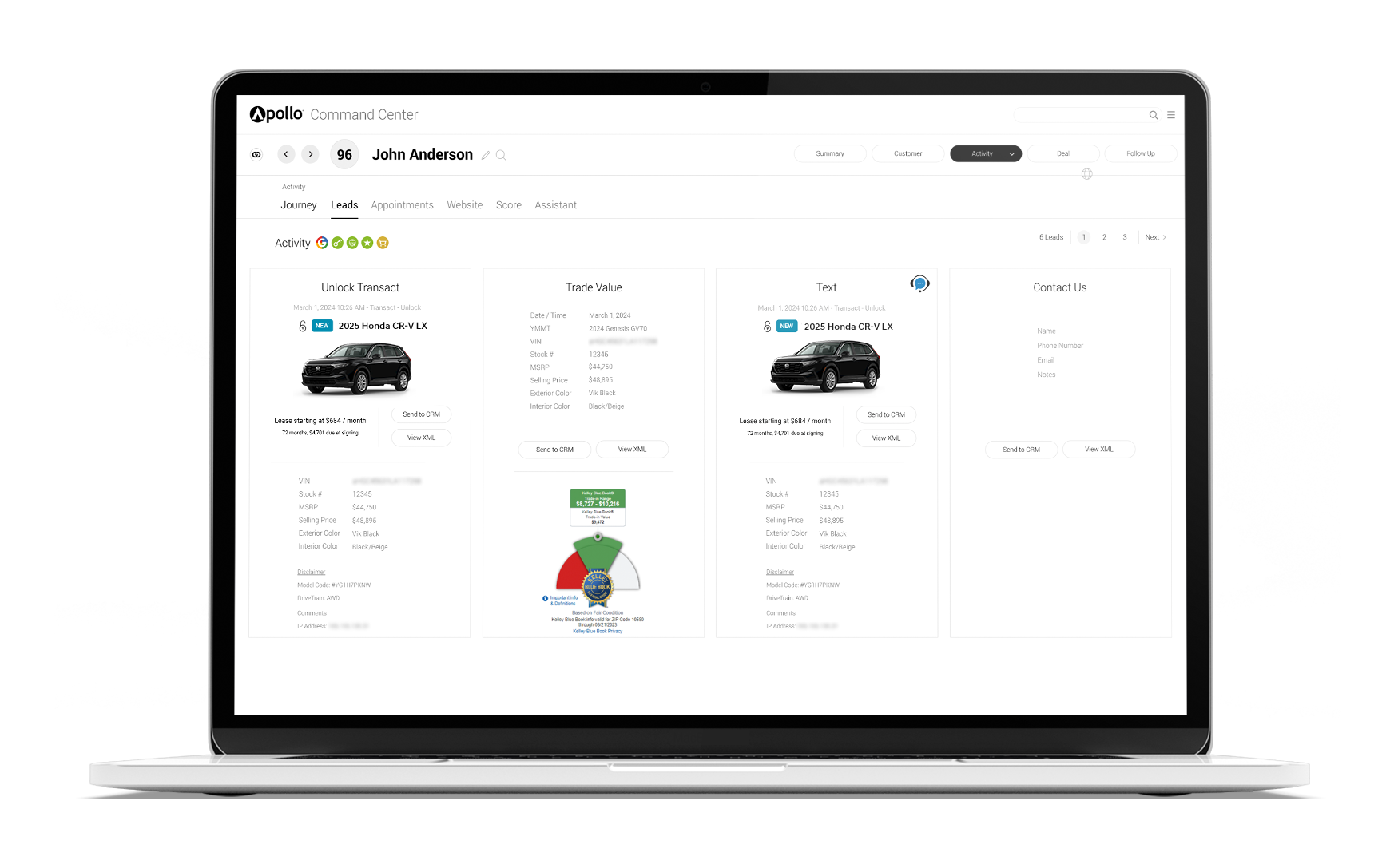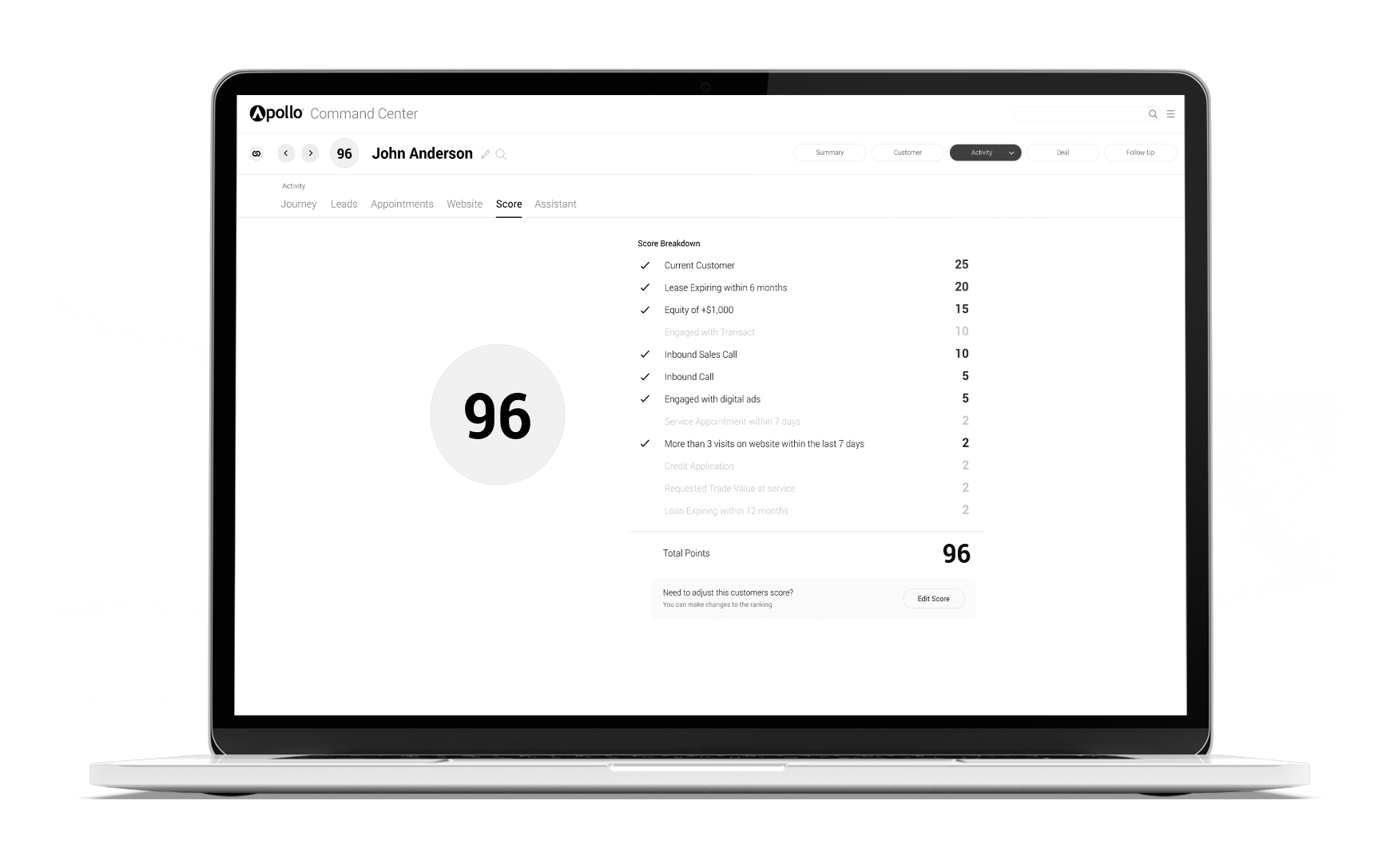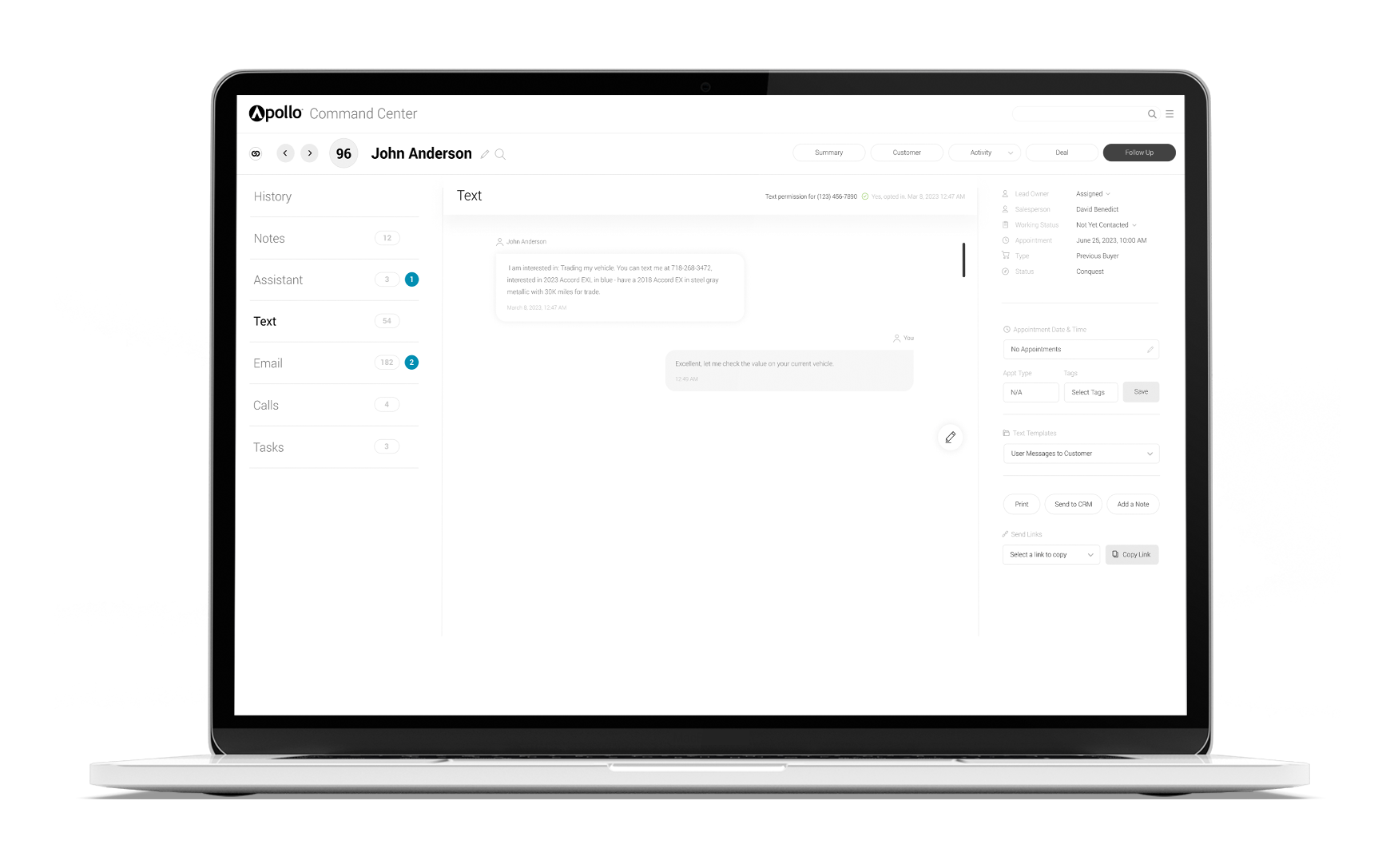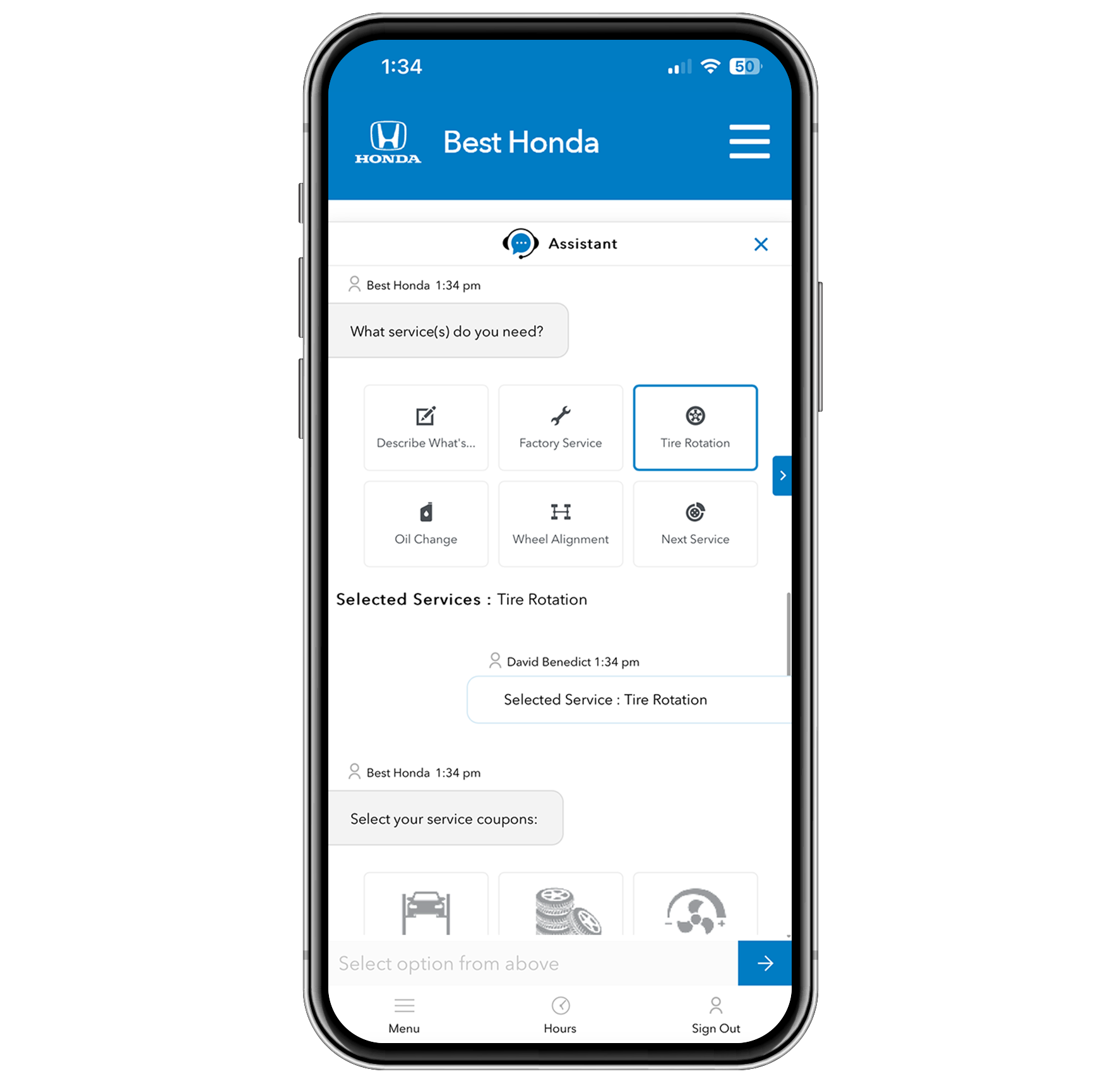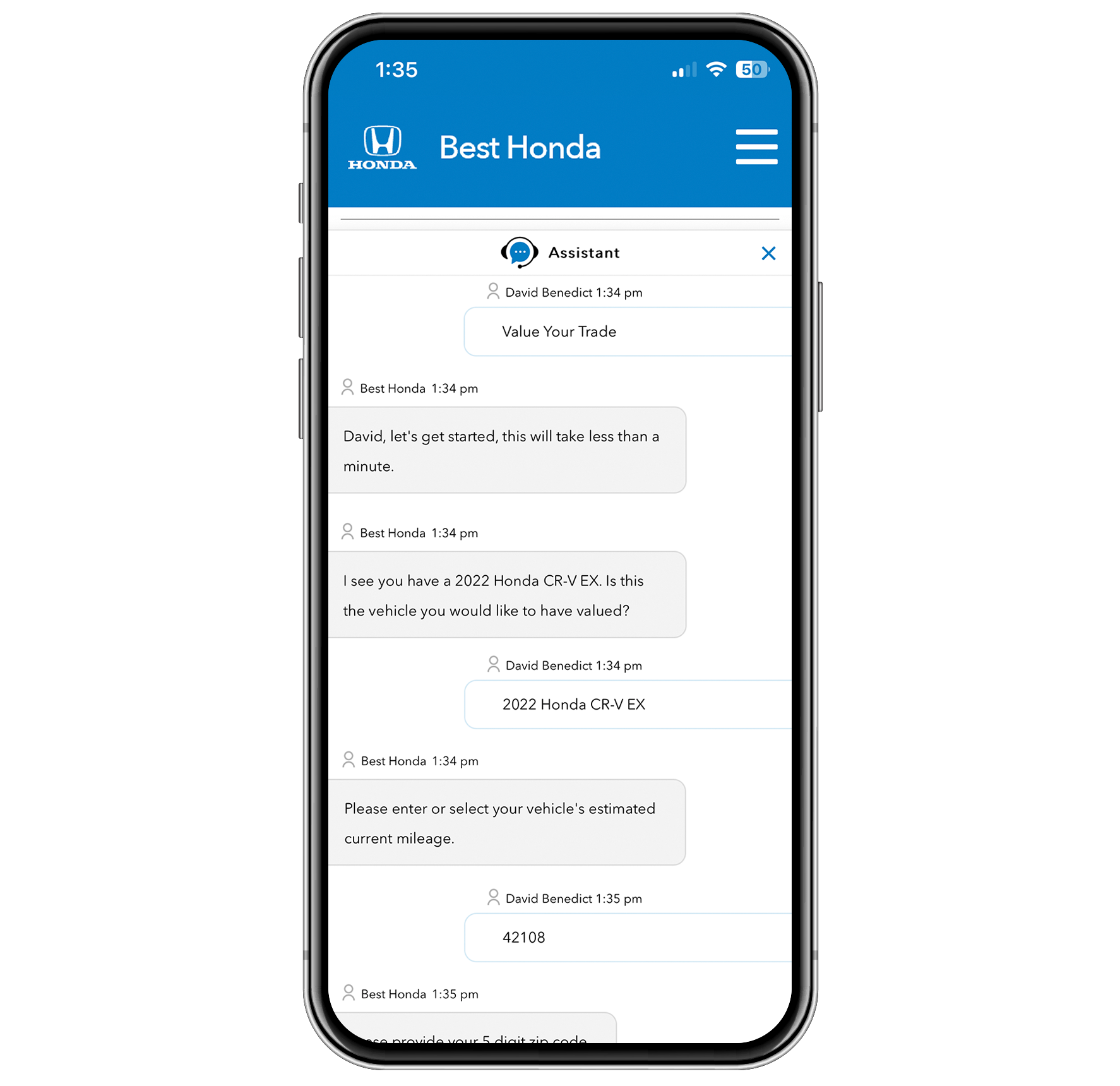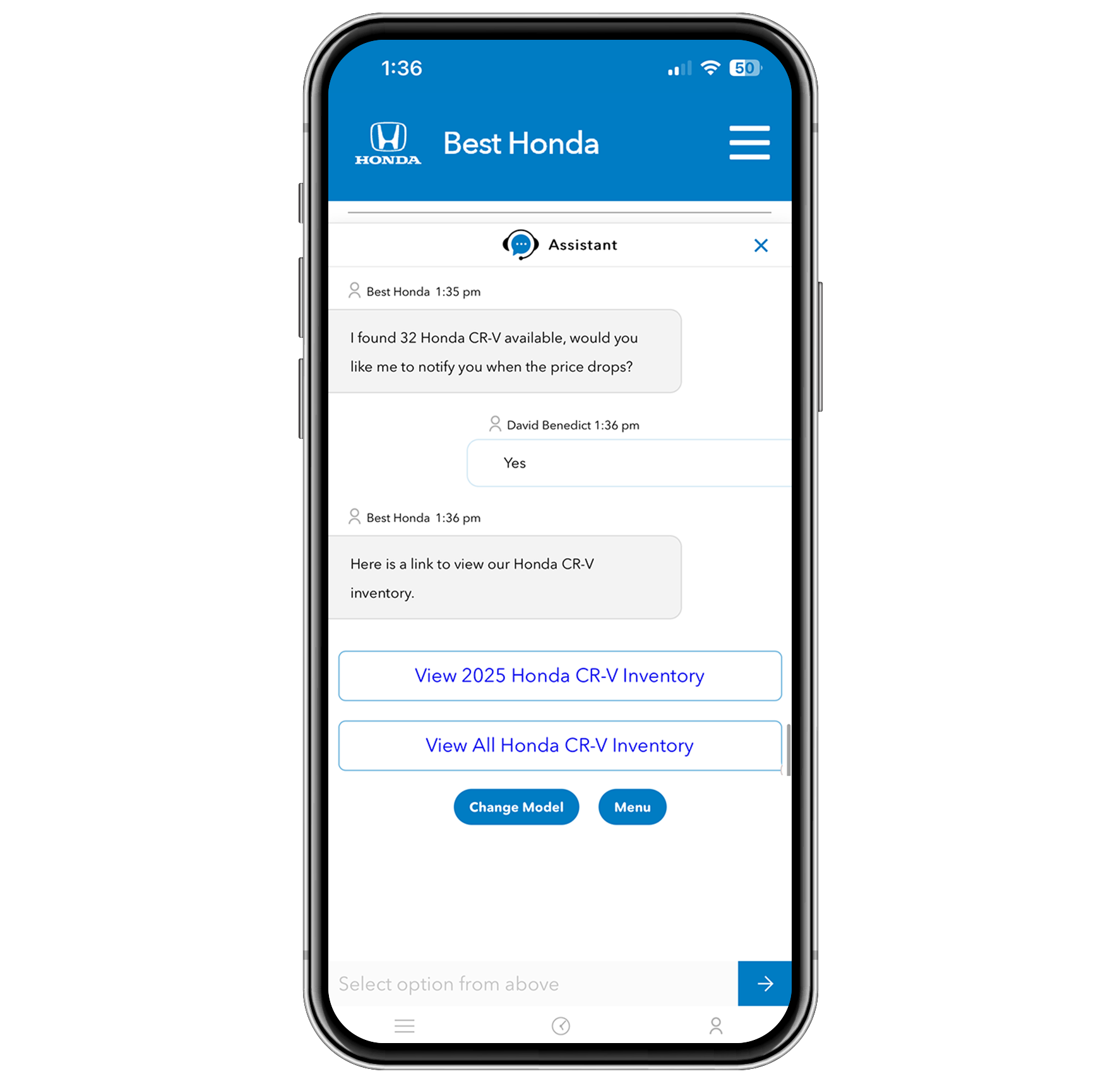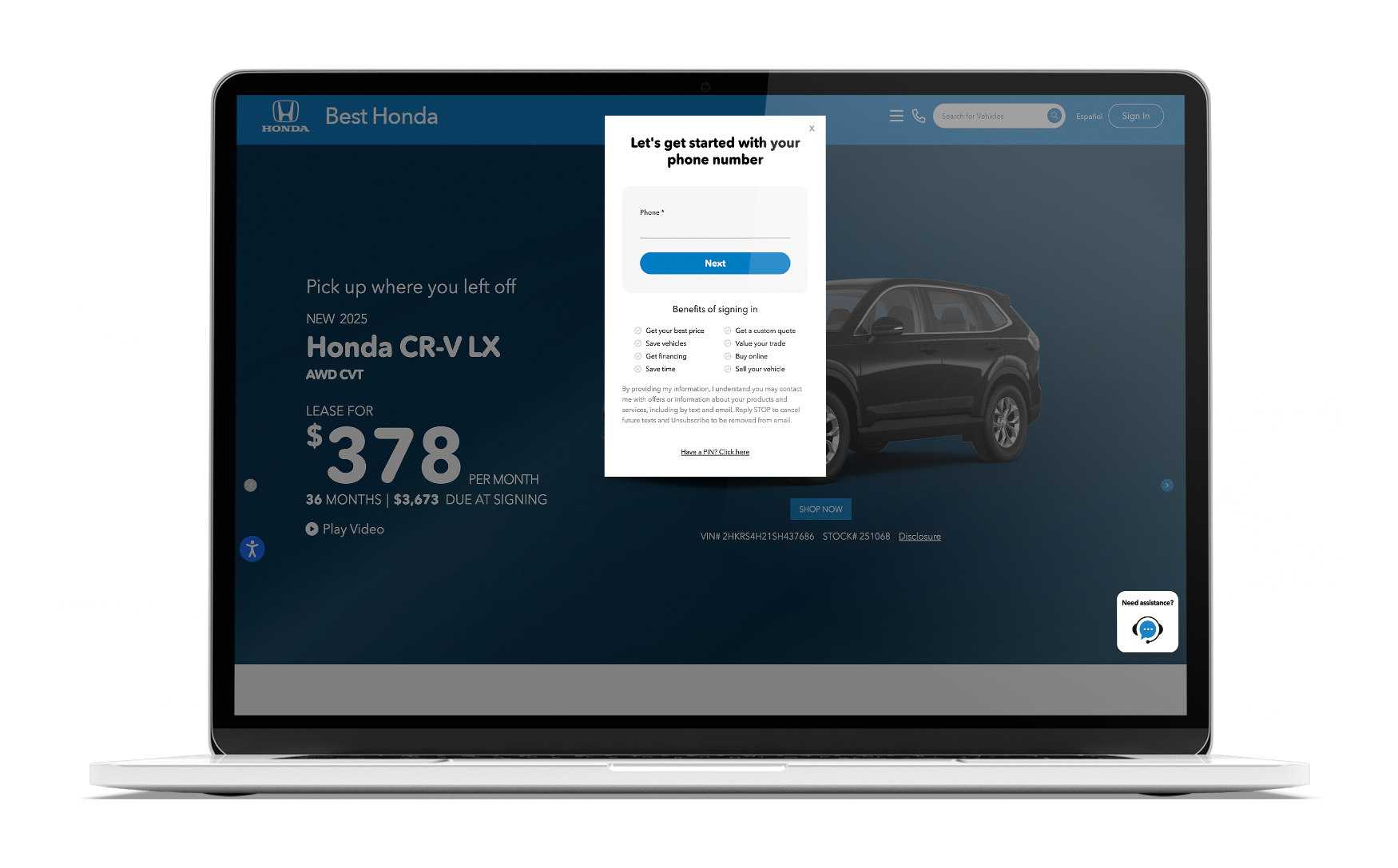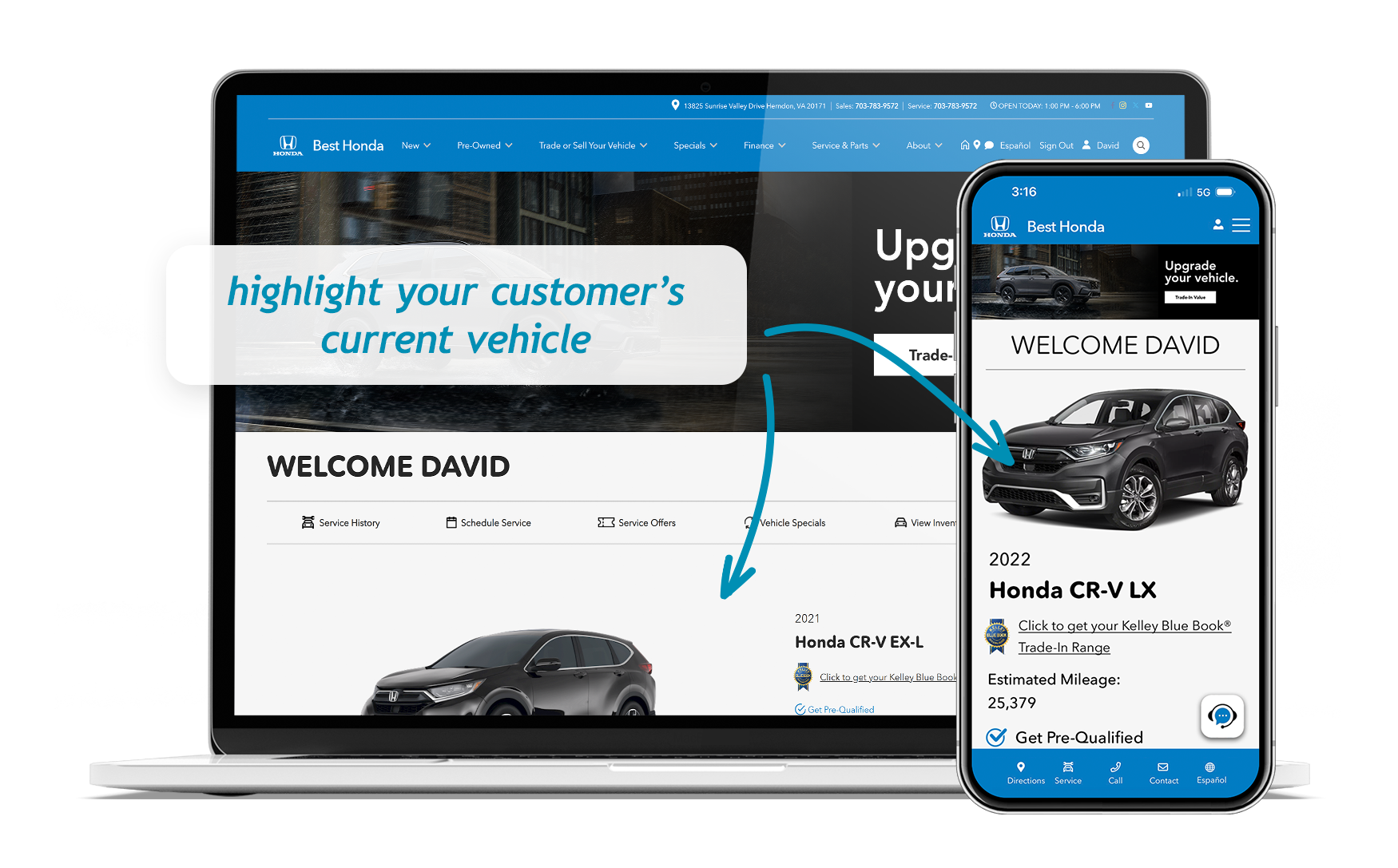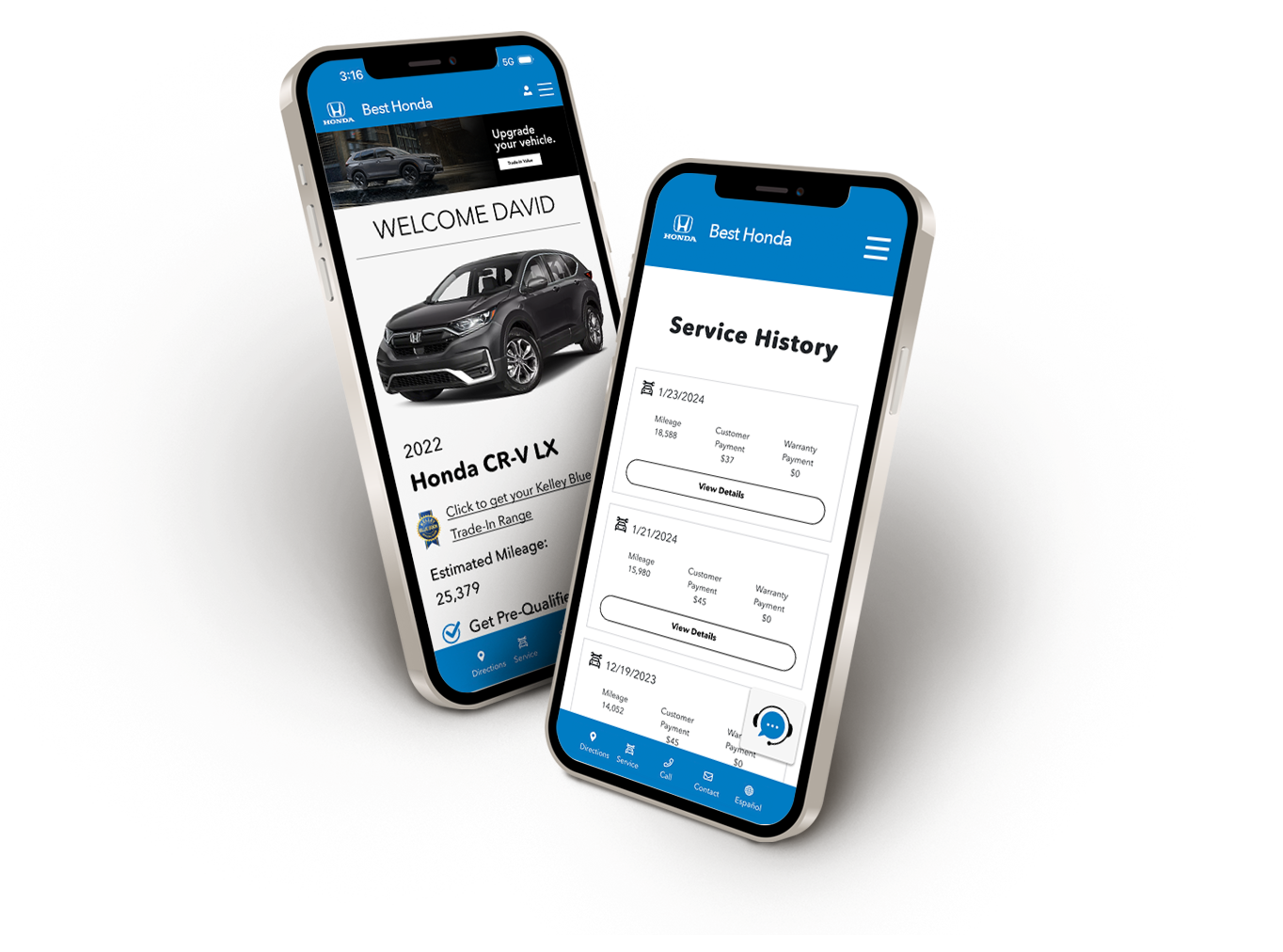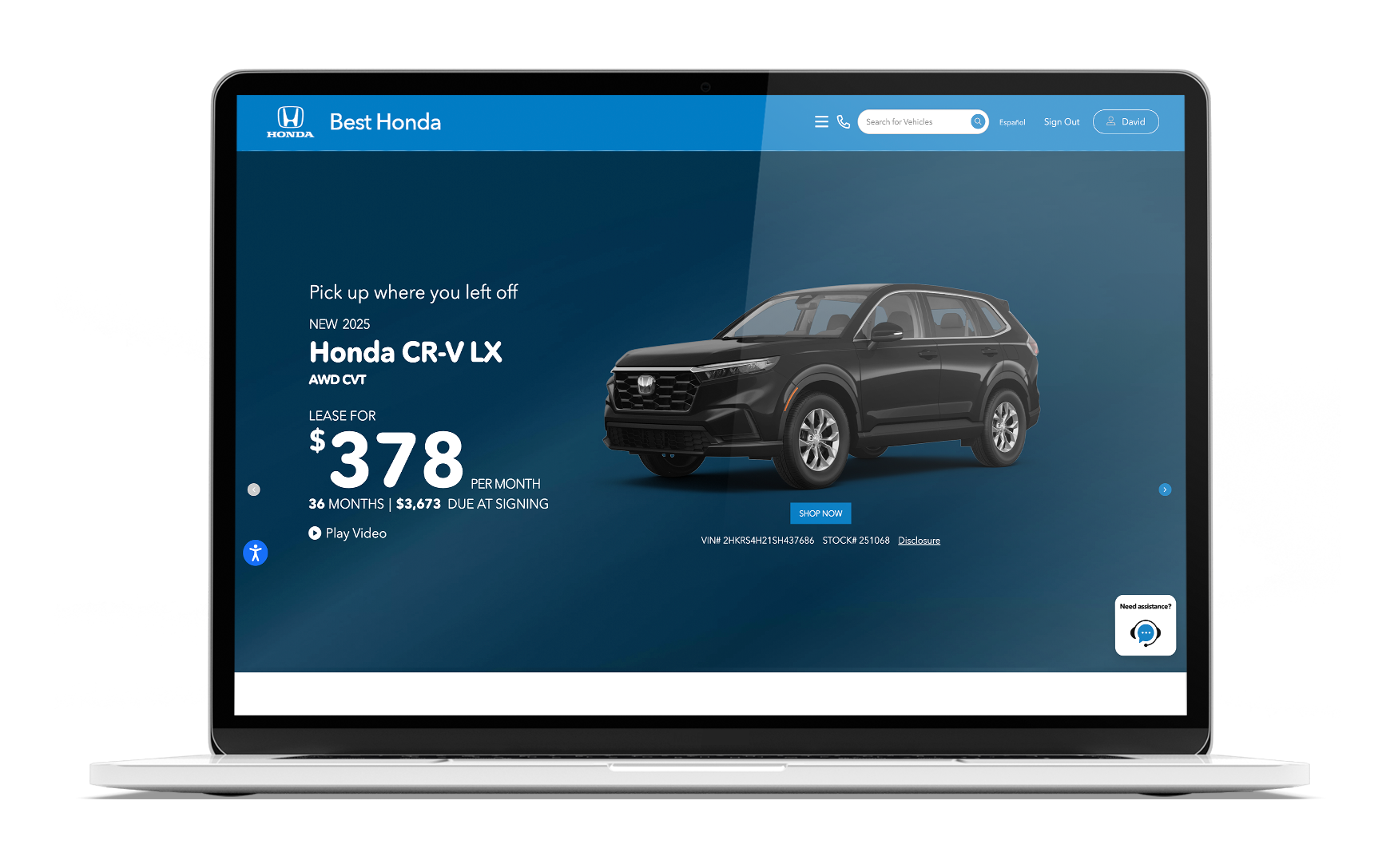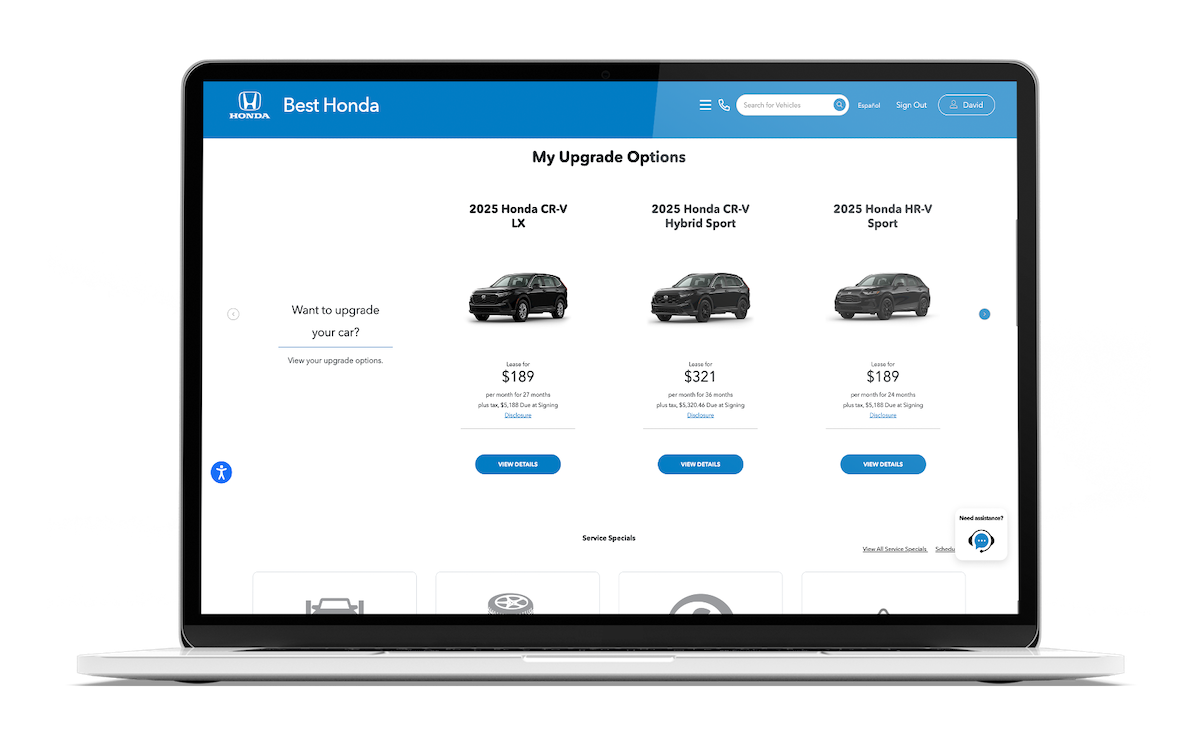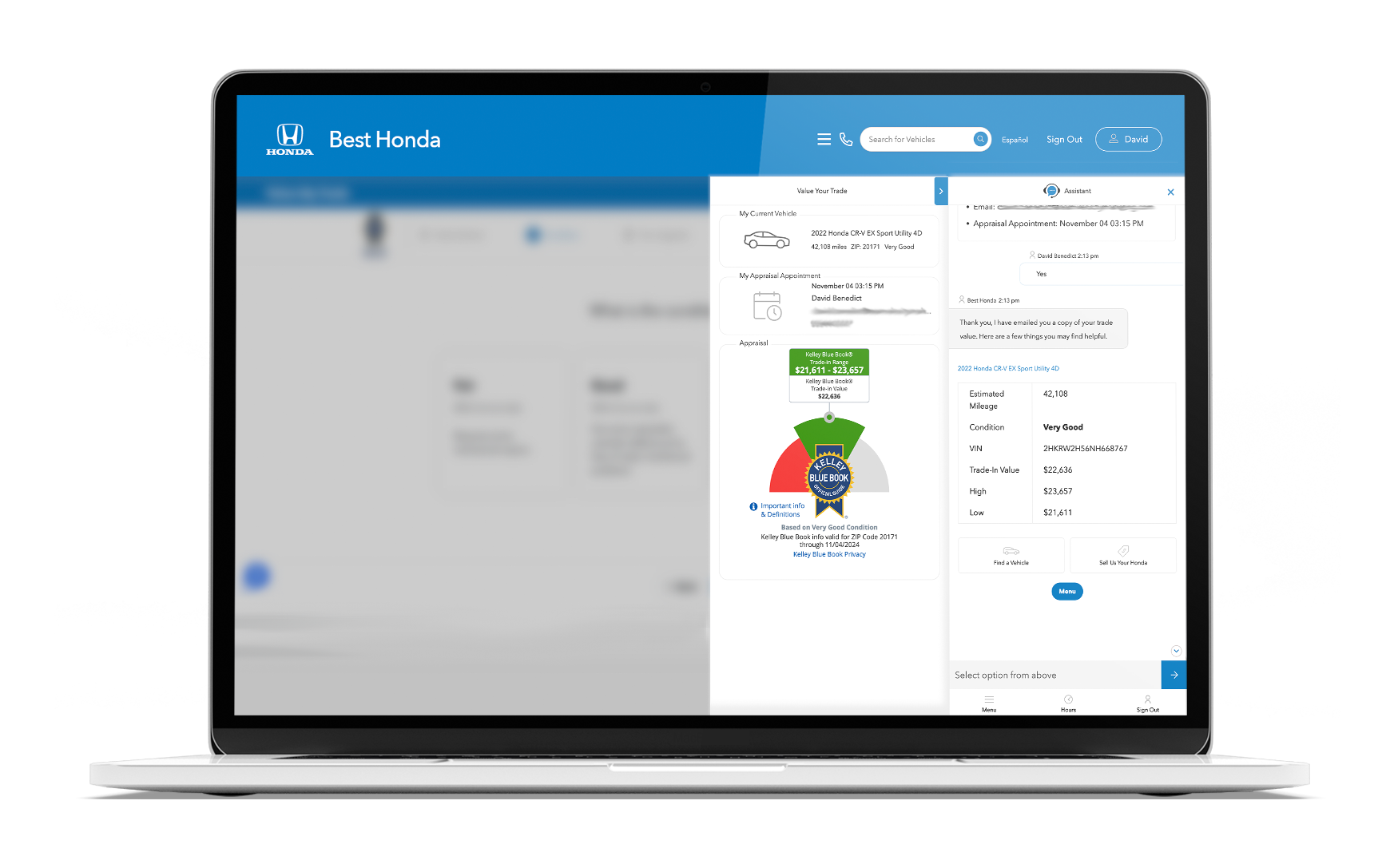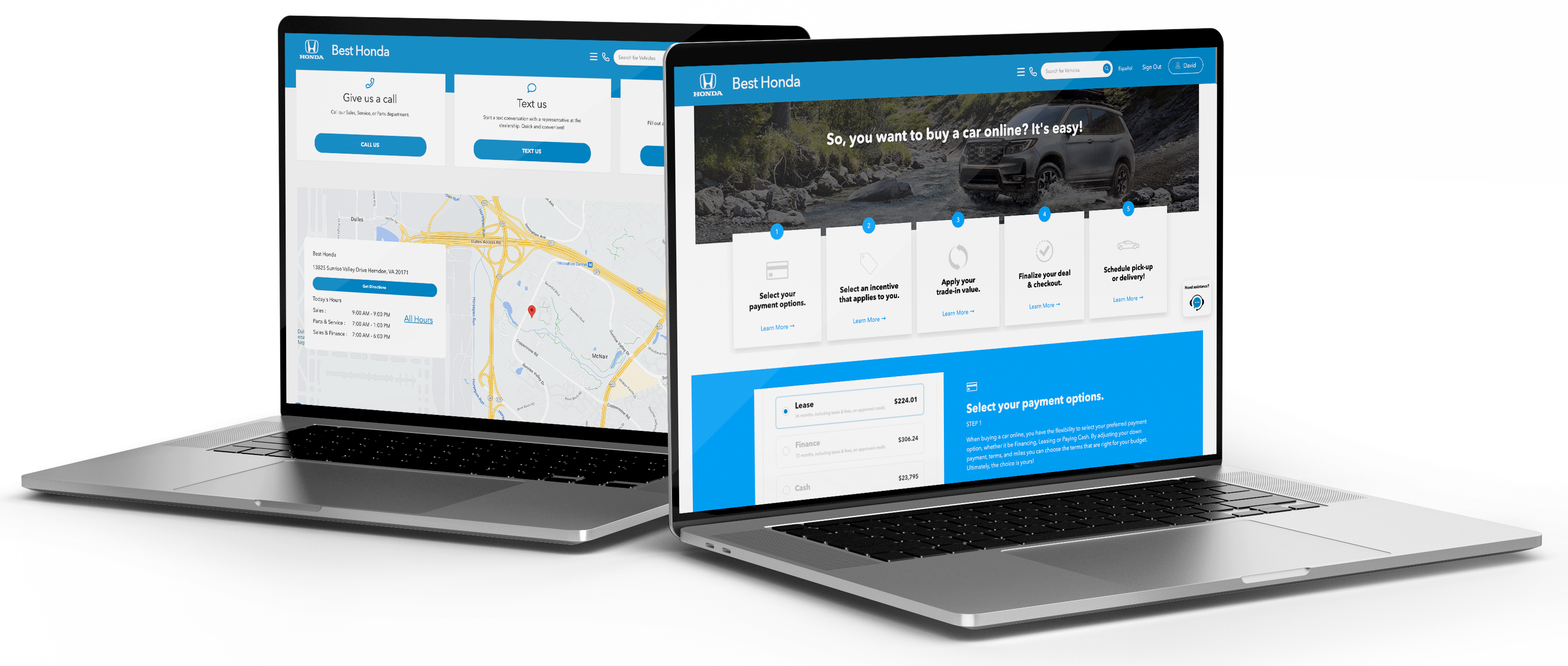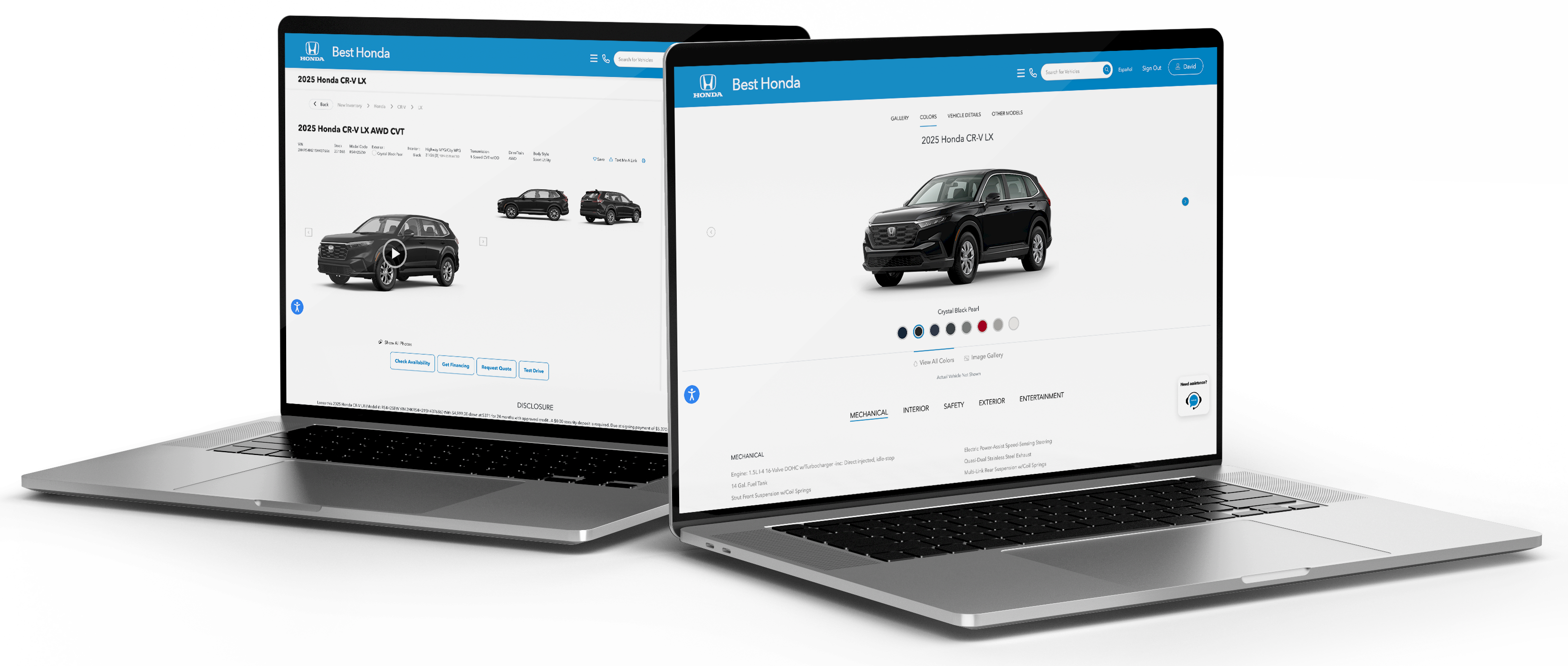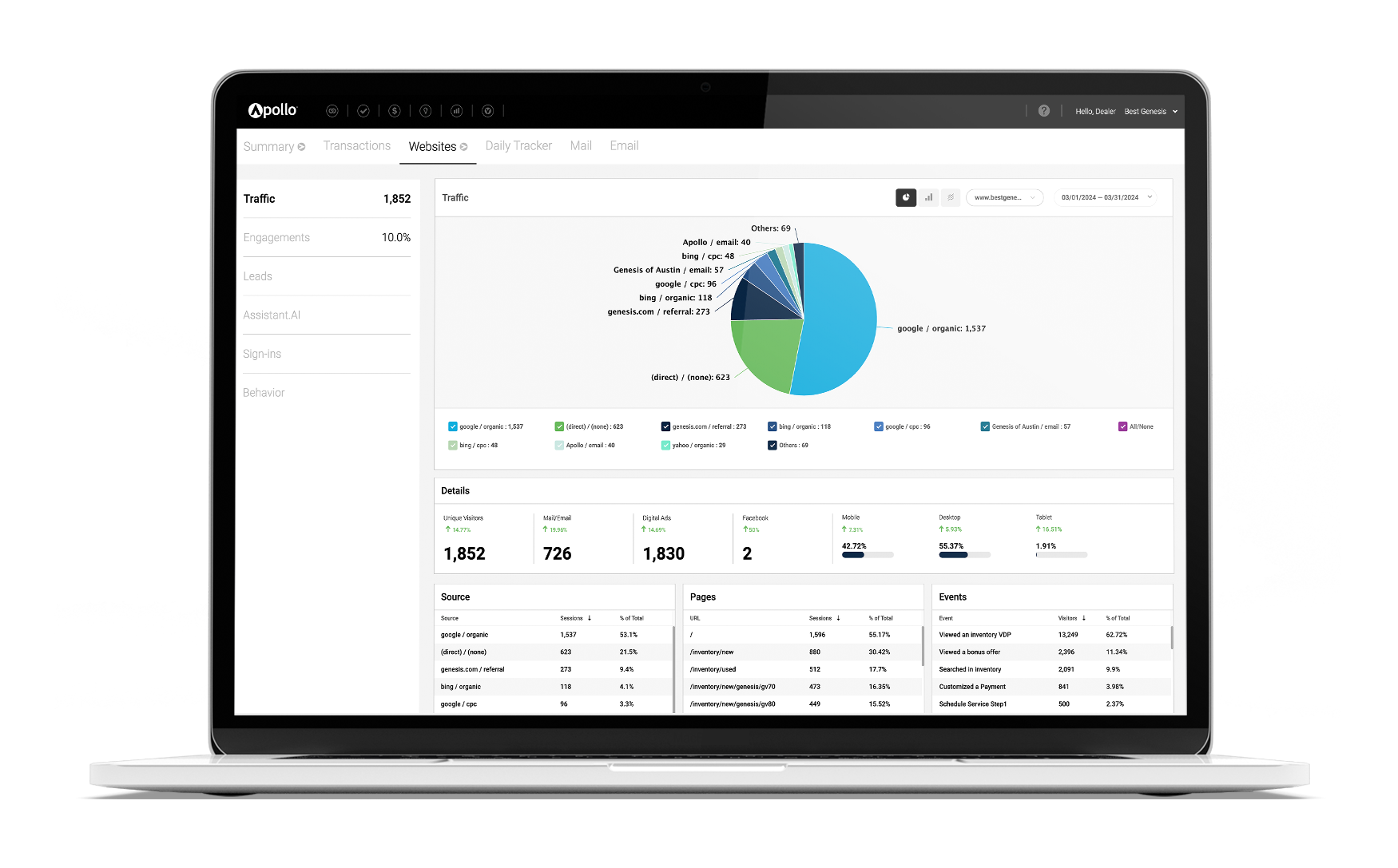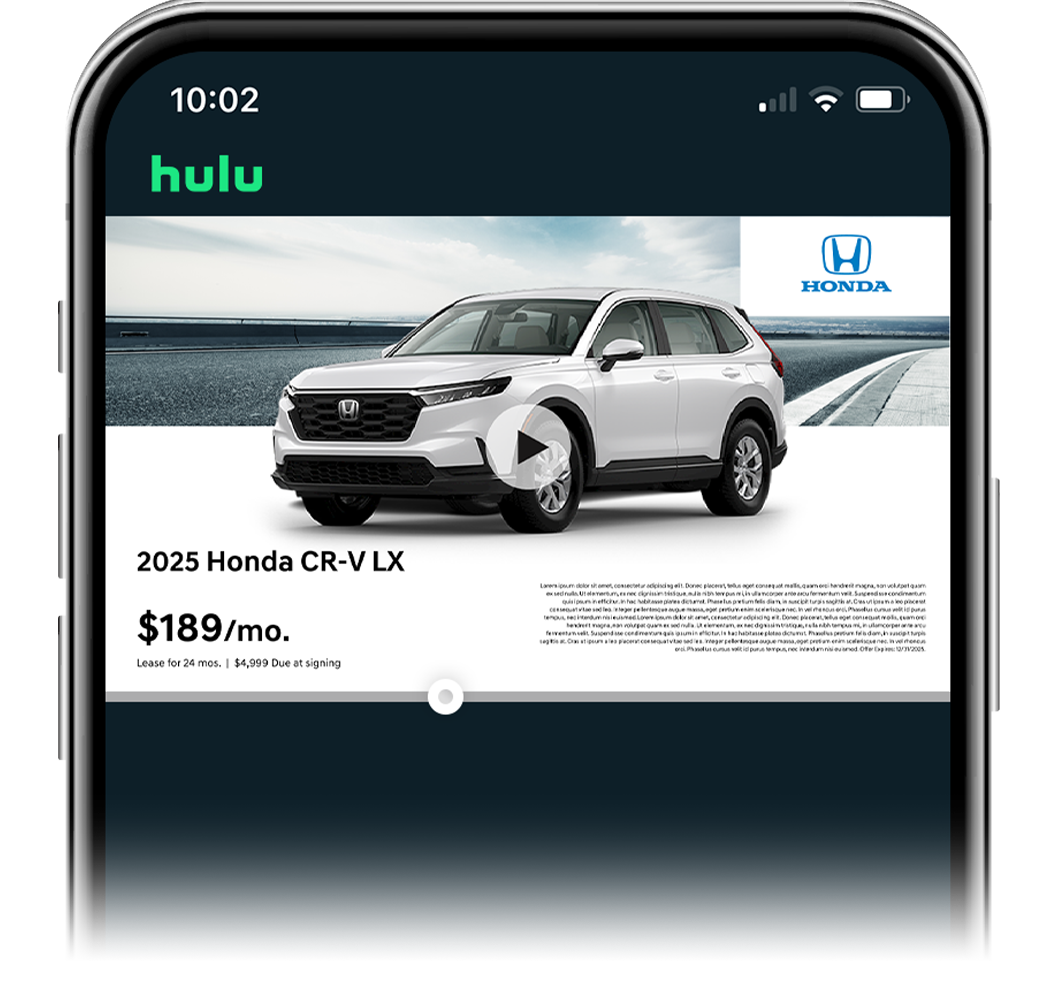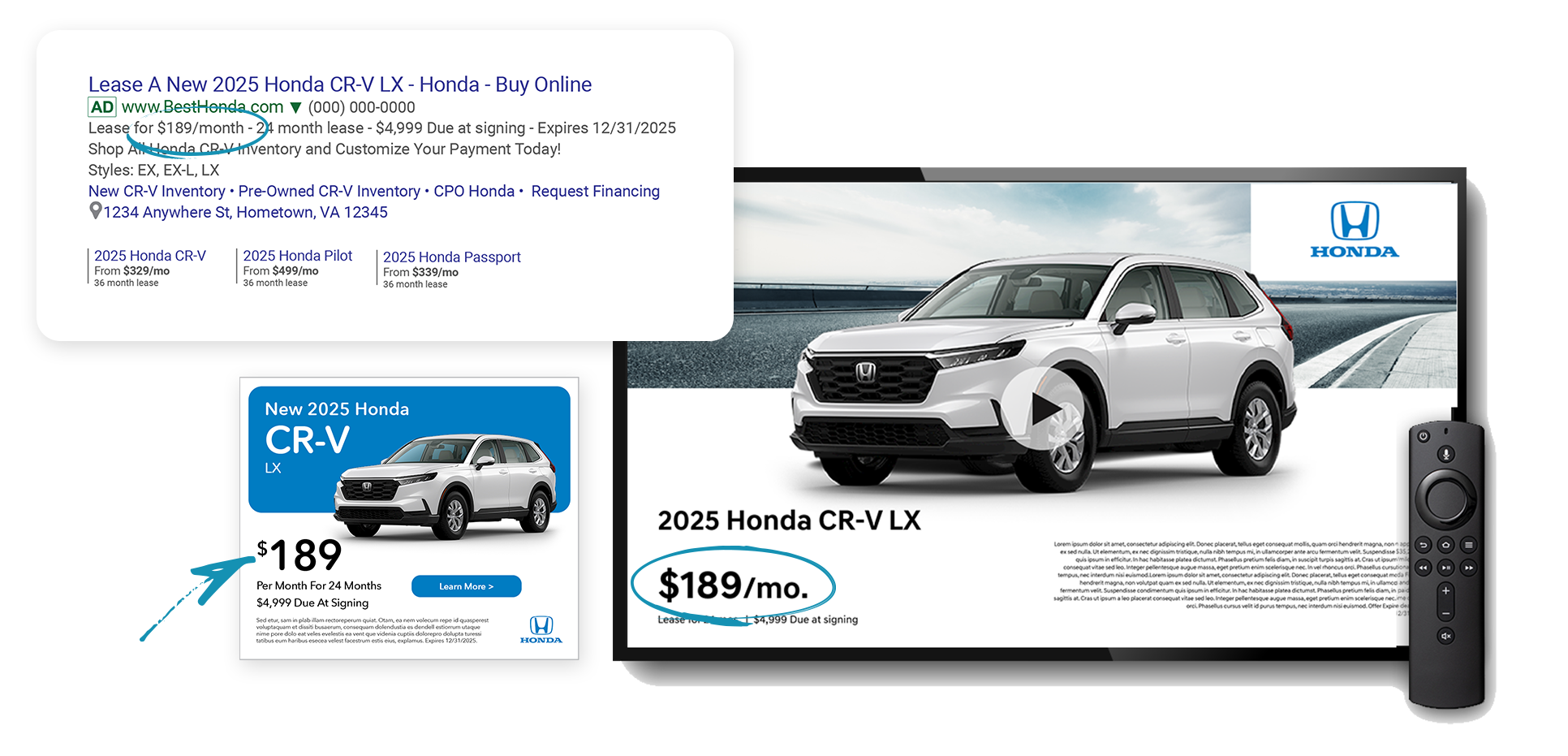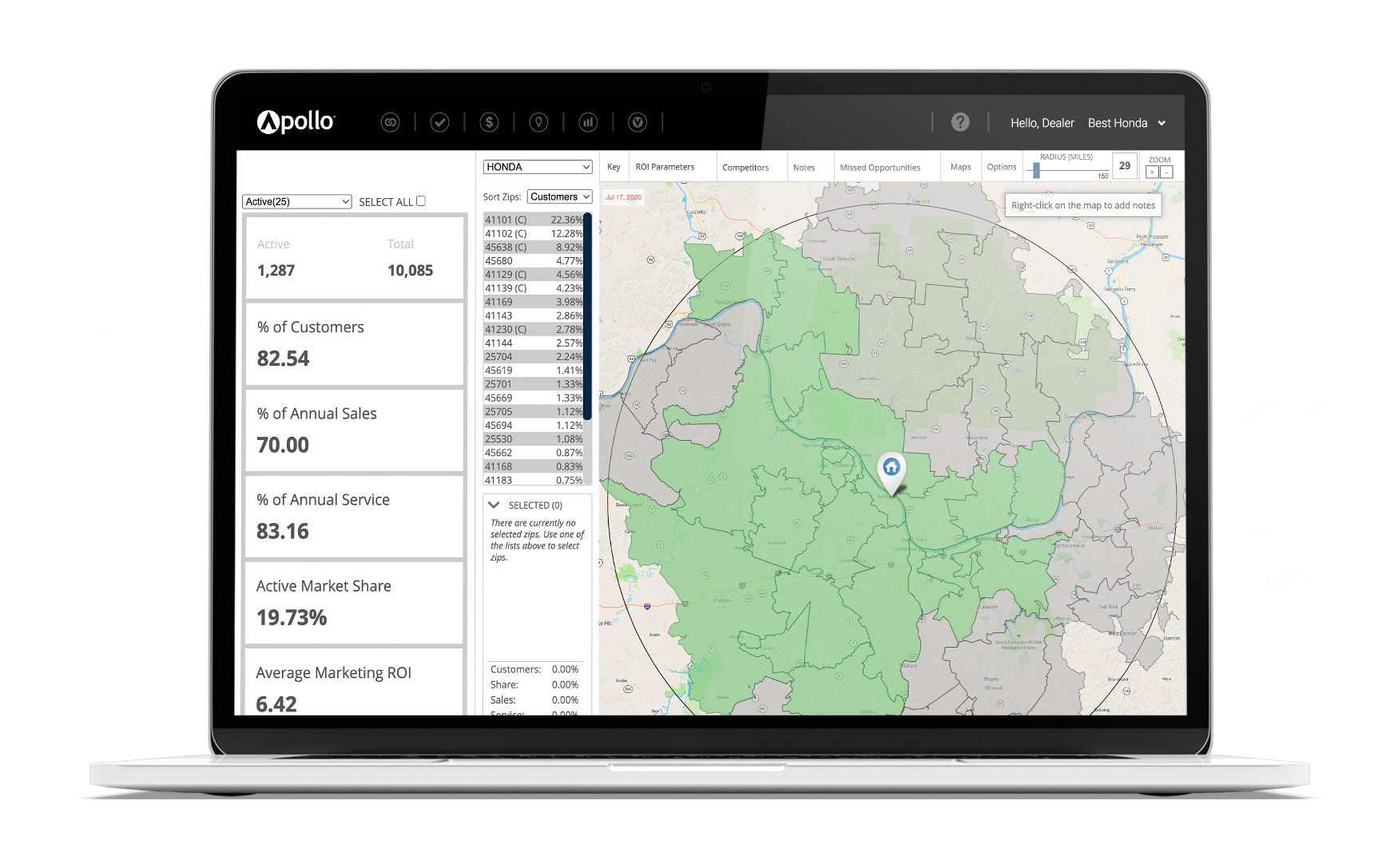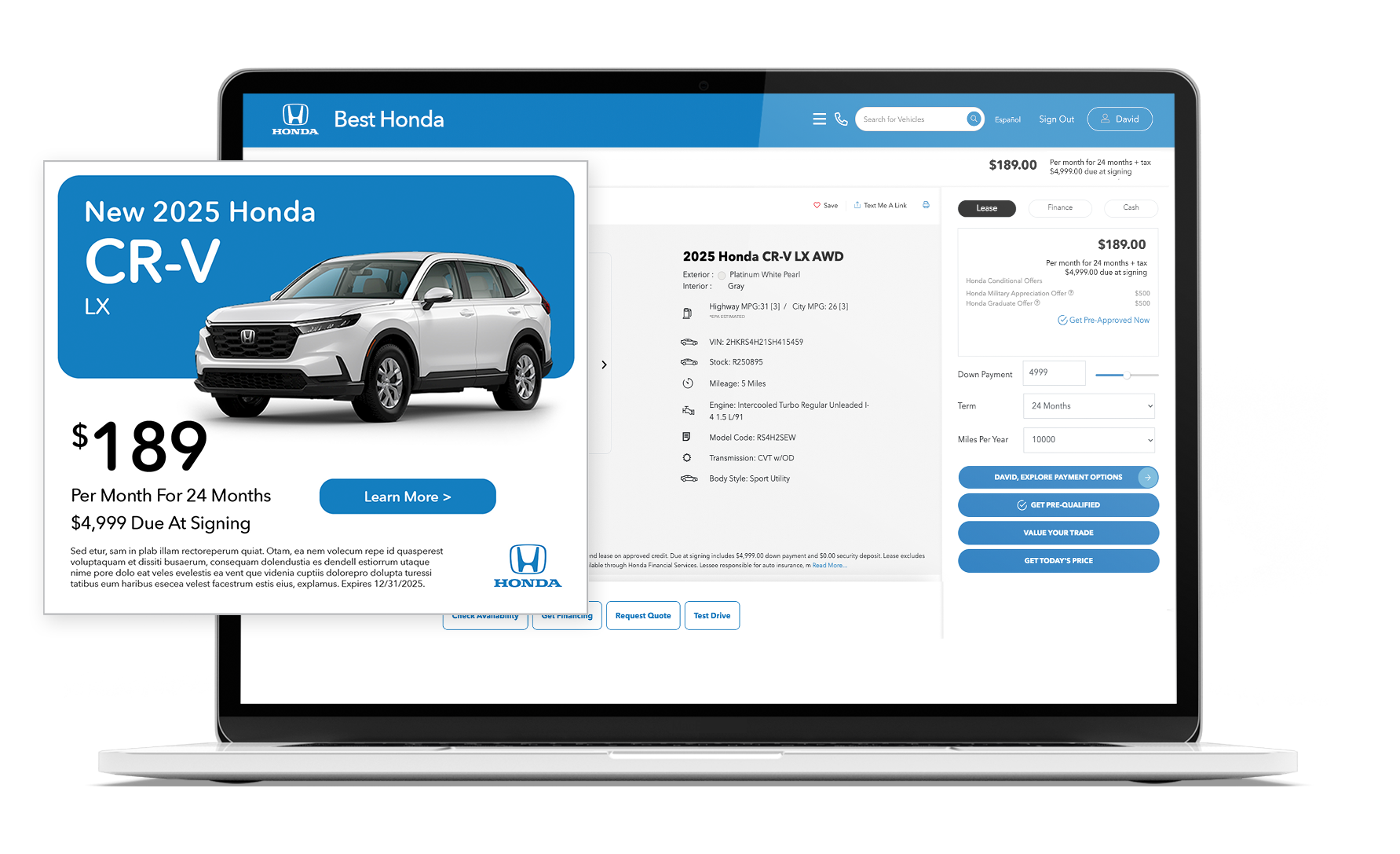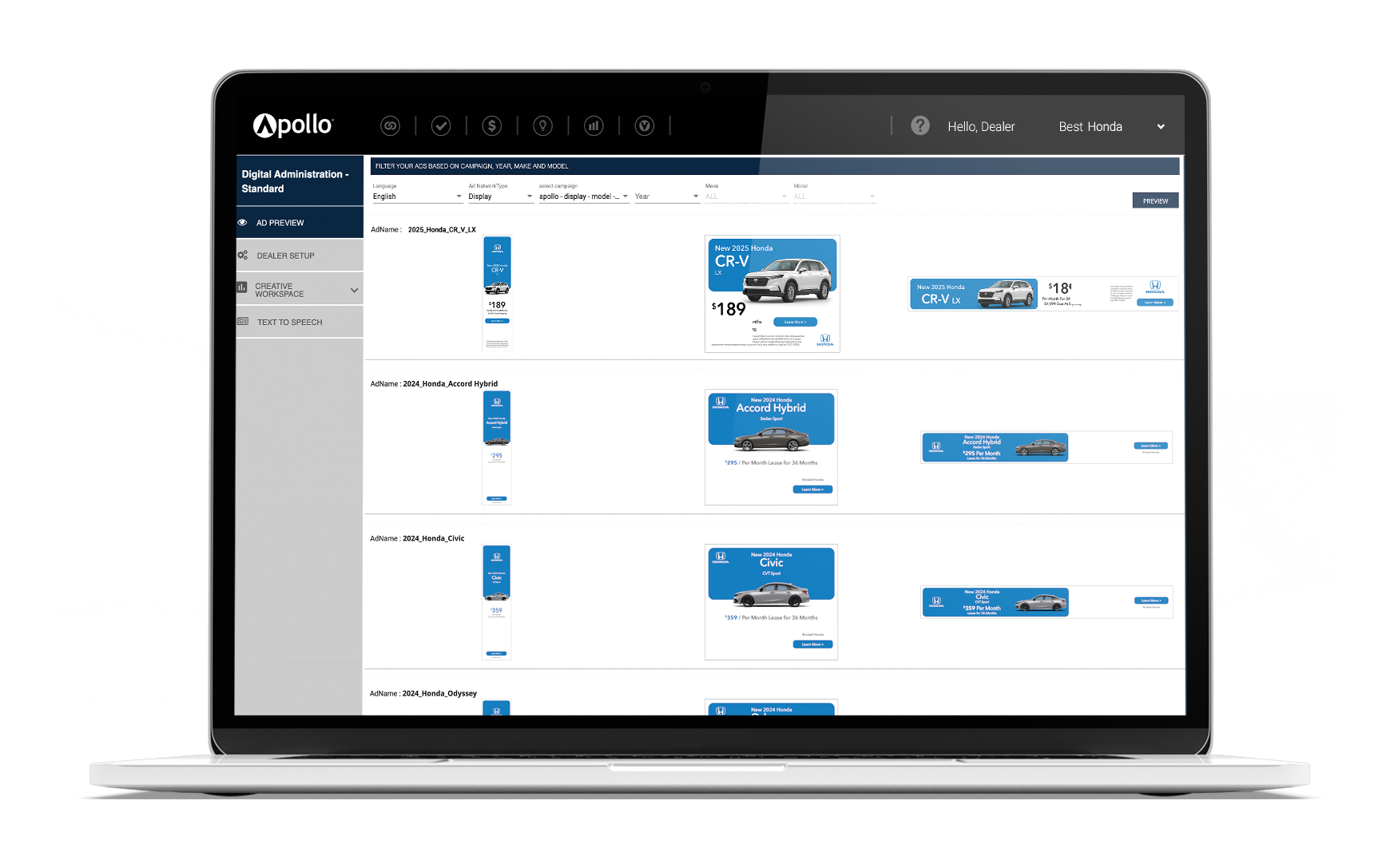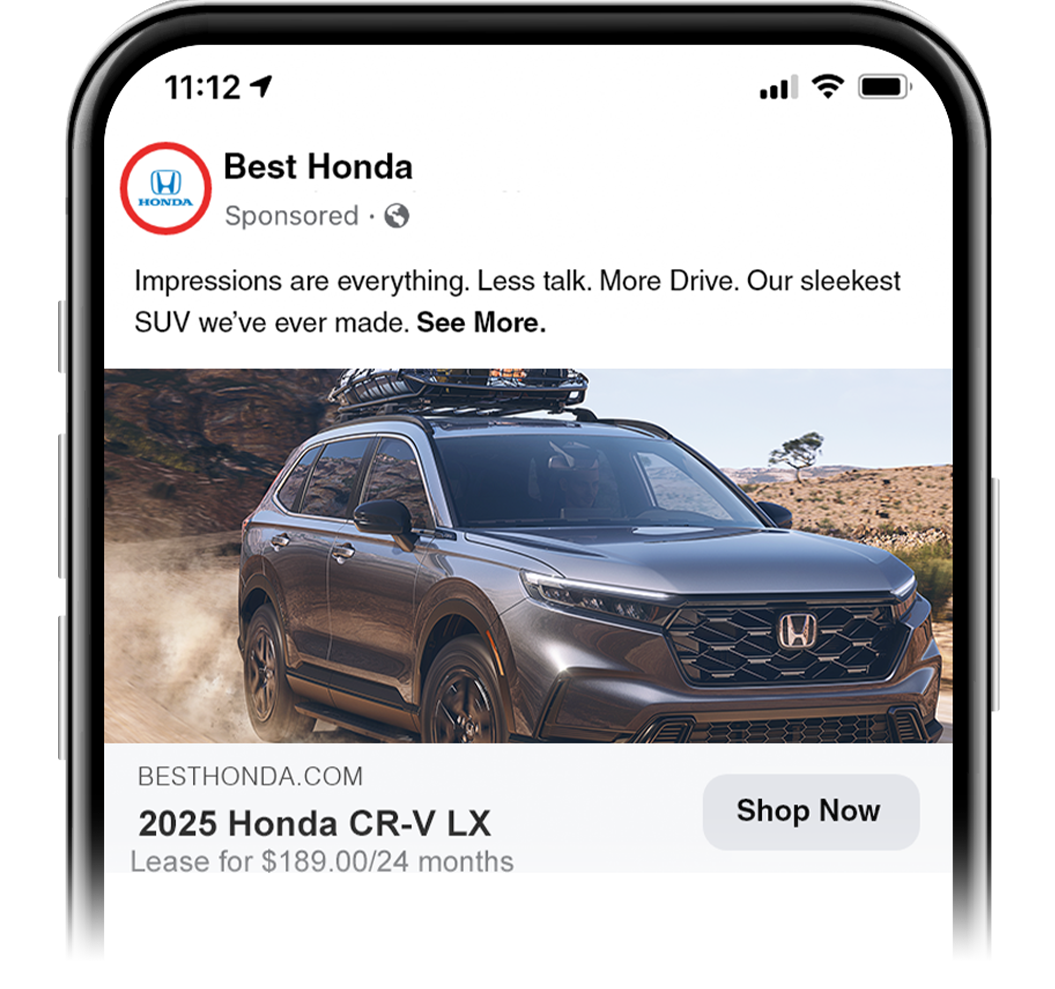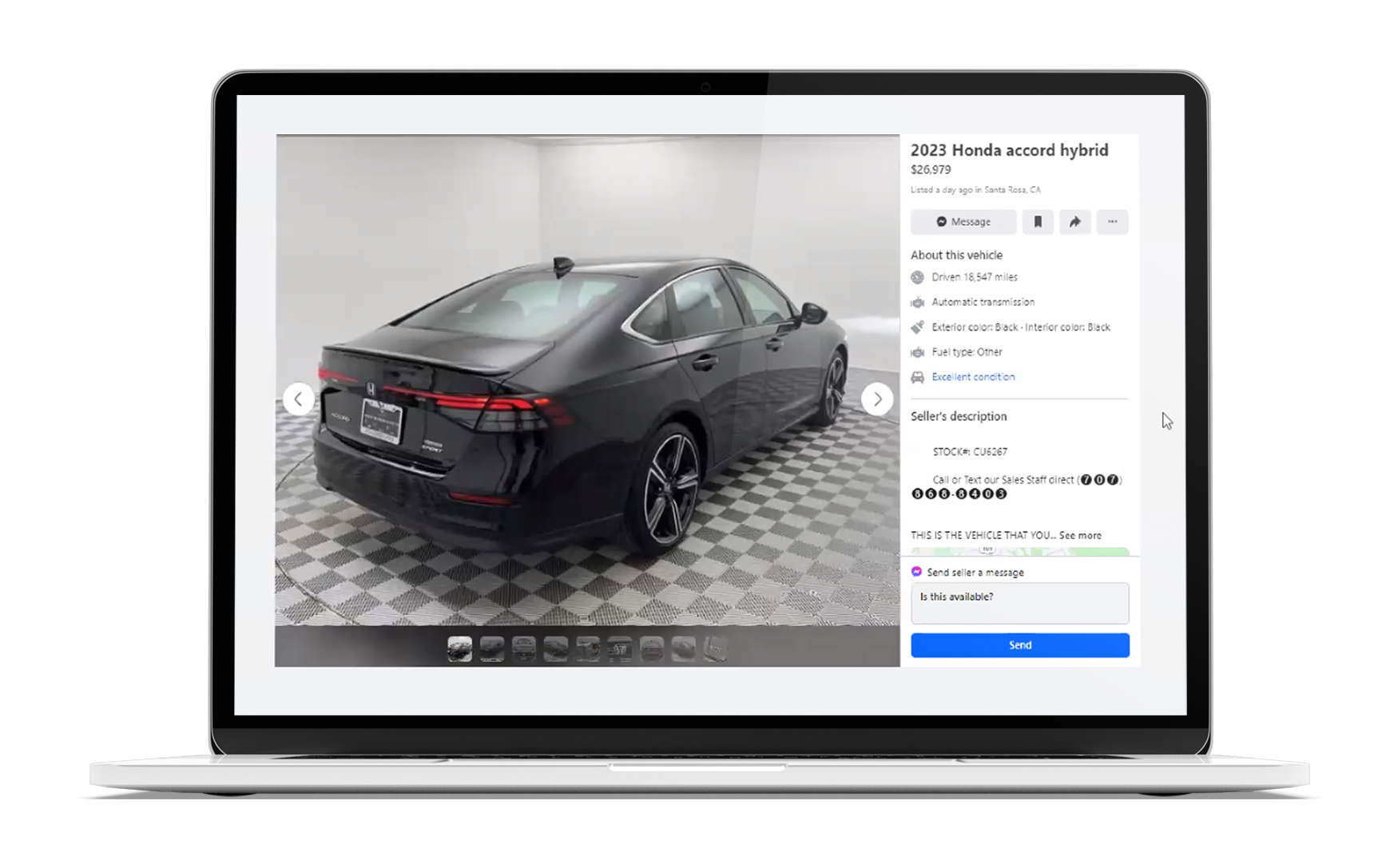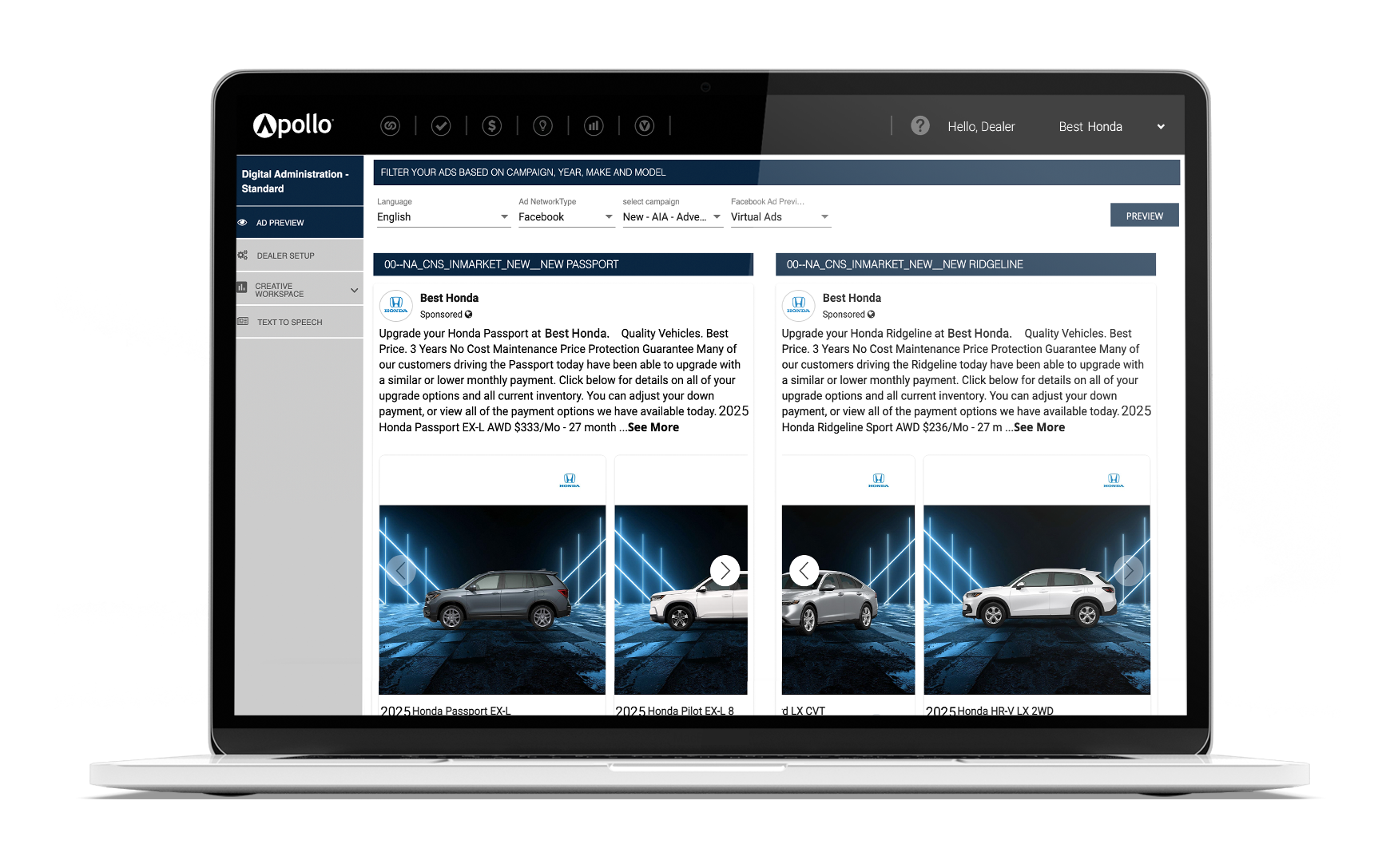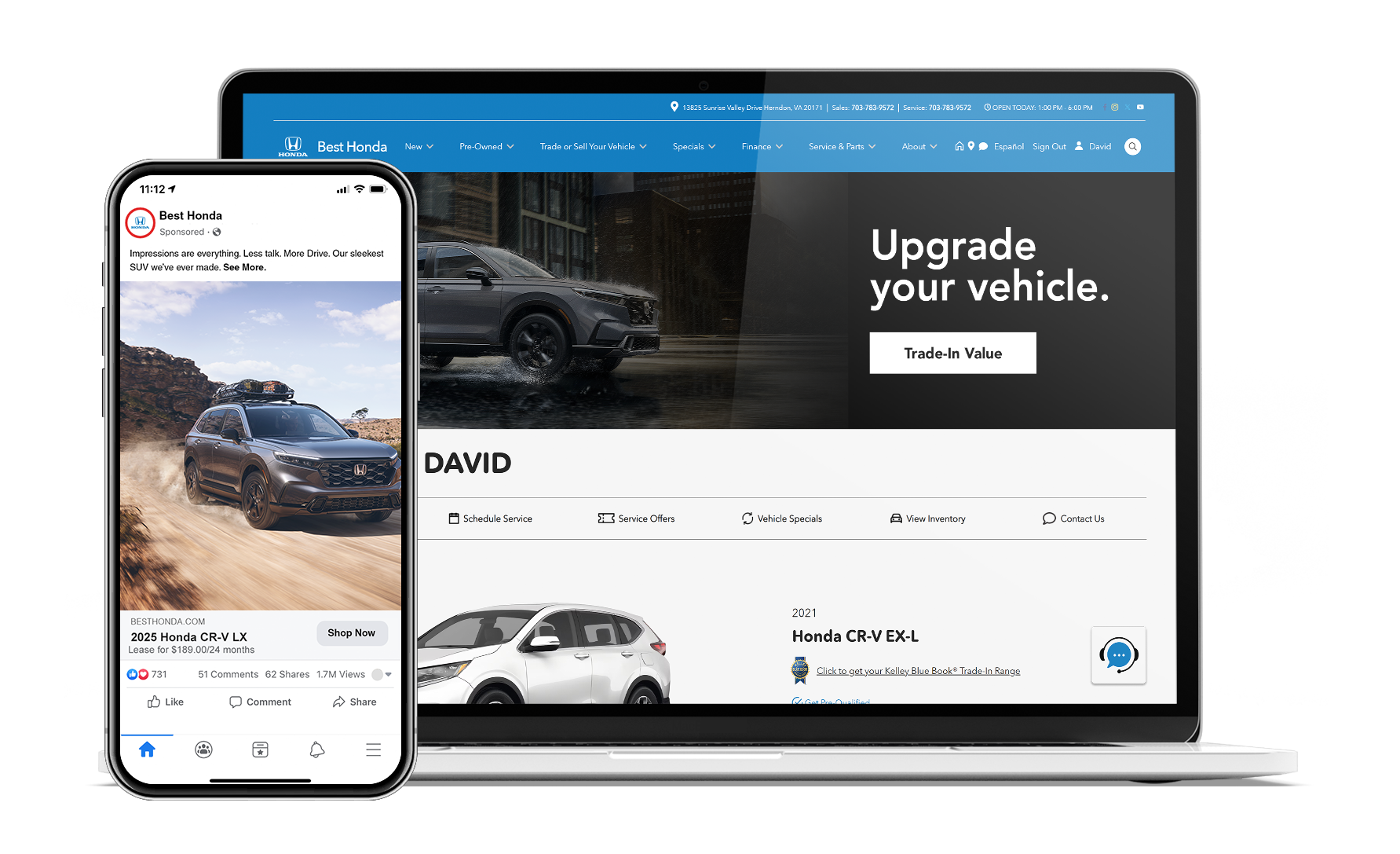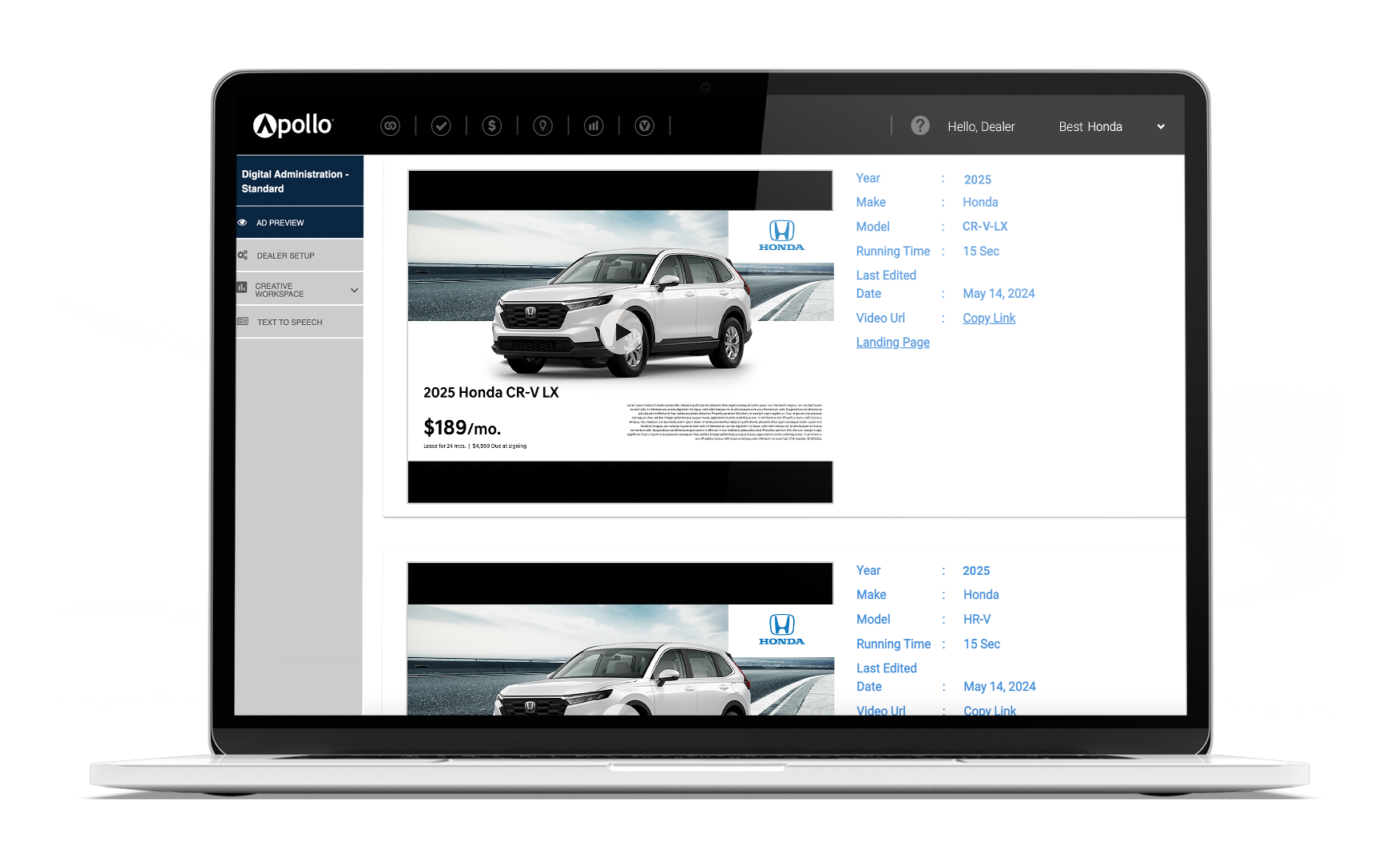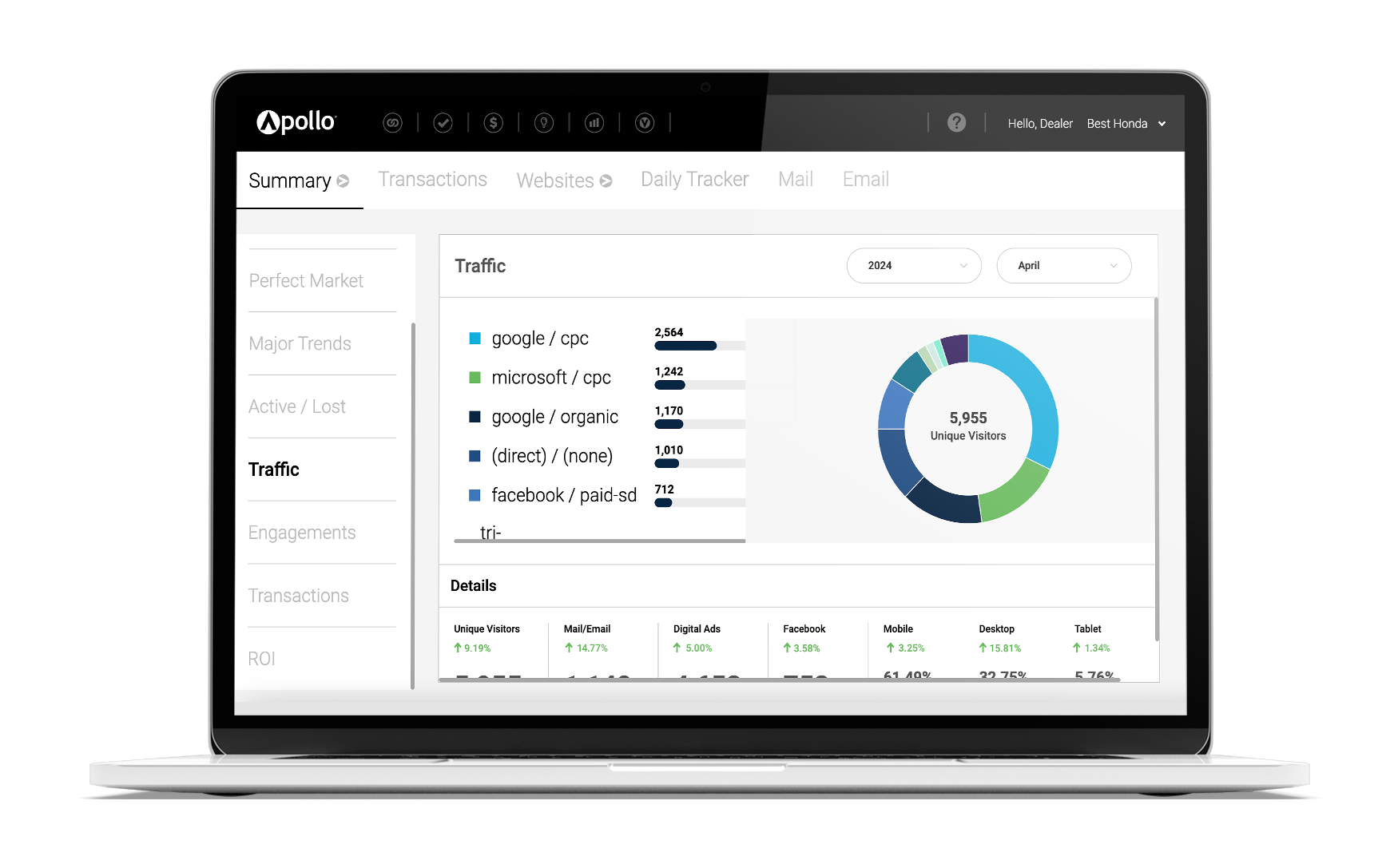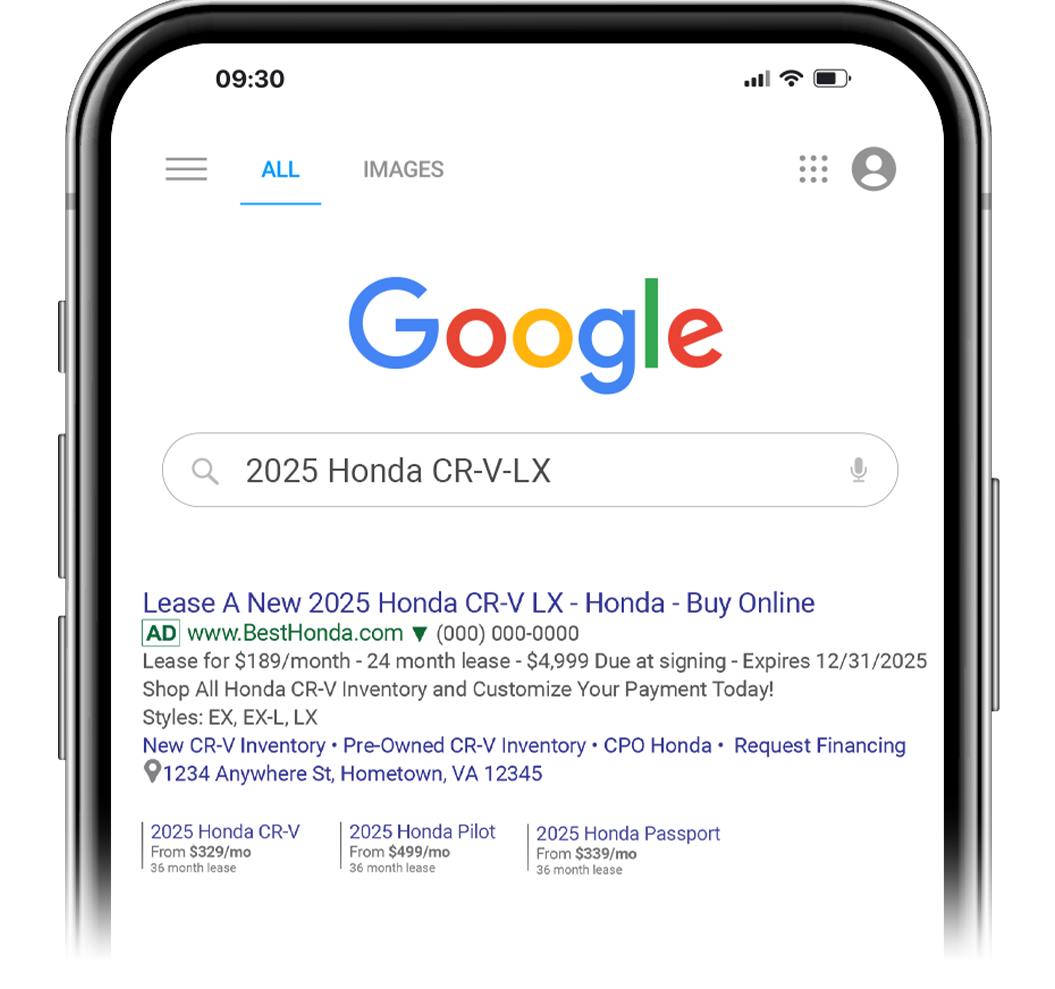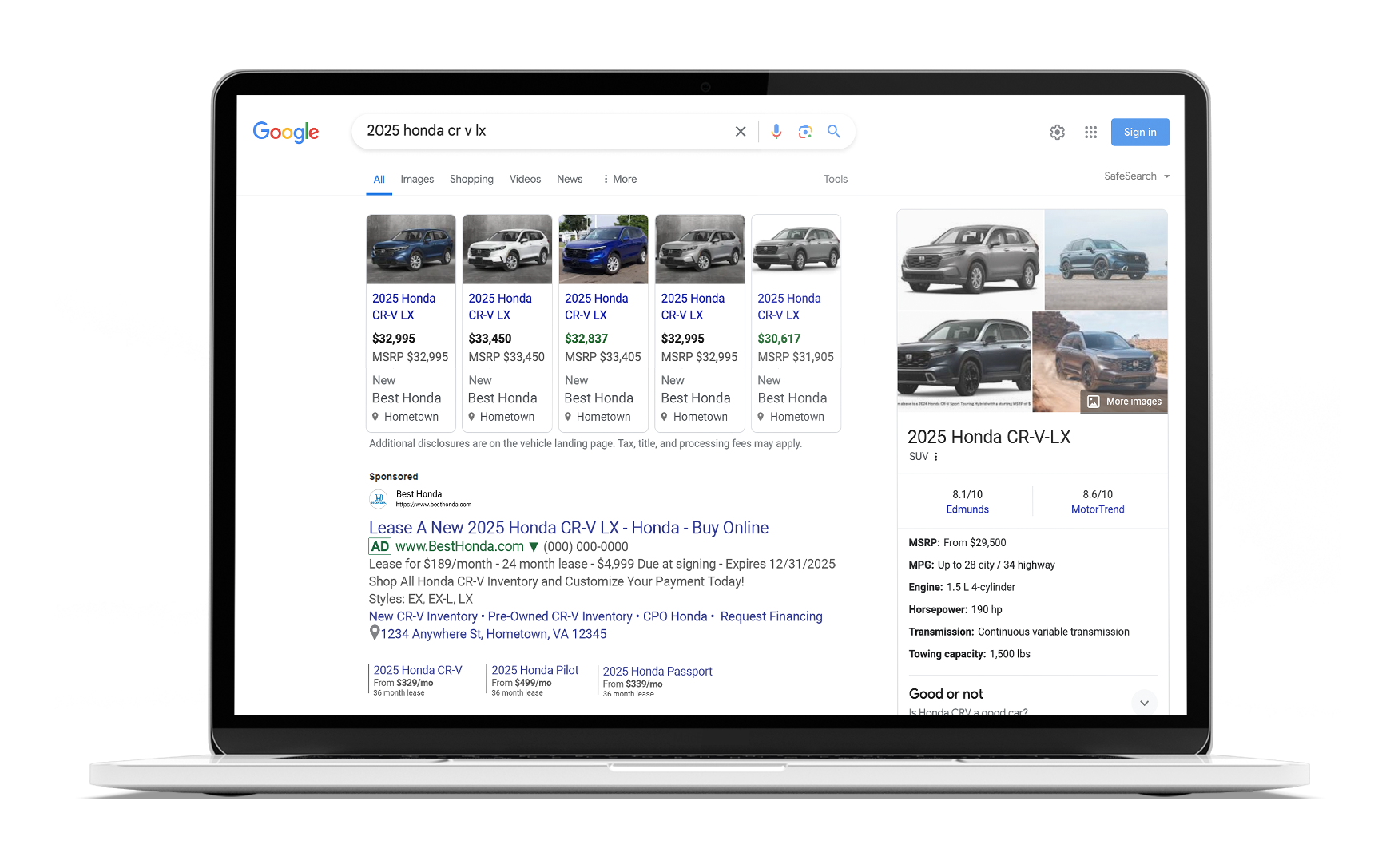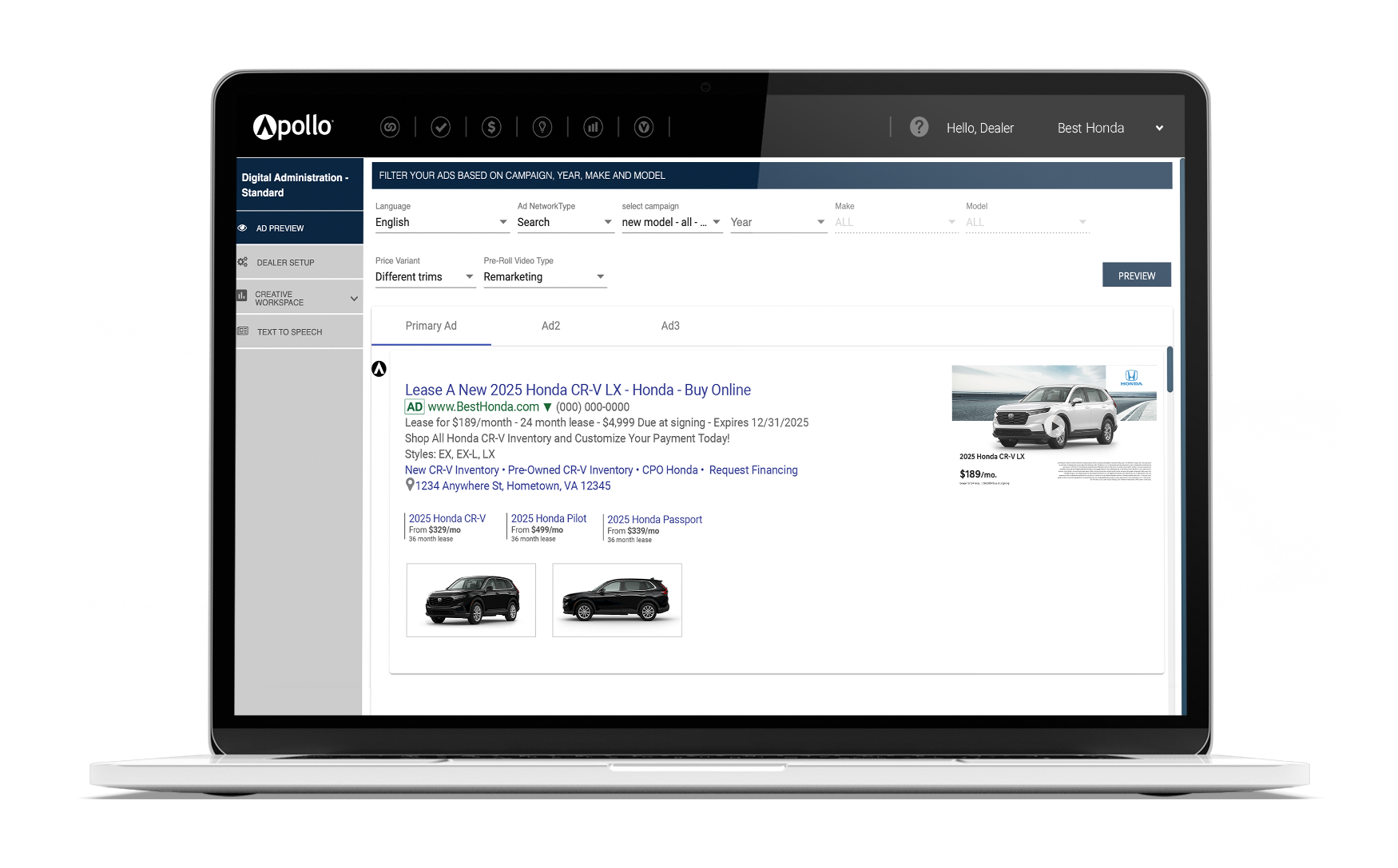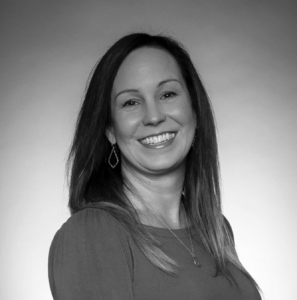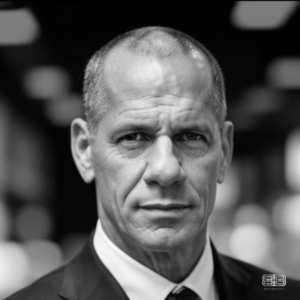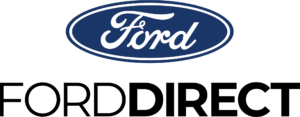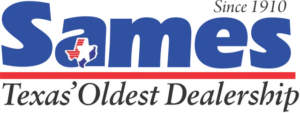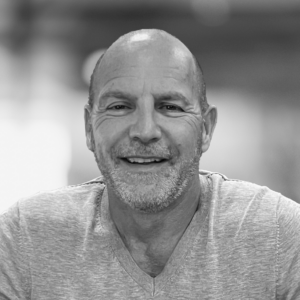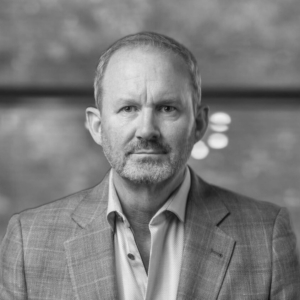AutoSuccess Story: Lou Bachrodt Mazda
Turning in the Right Direction
Les Nunez and Lou Bachrodt Mazda plot a course for future success and growth.
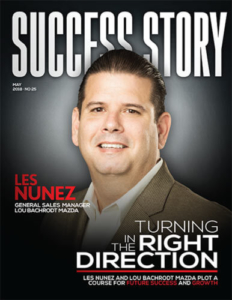 Sometimes, to make a difference and turn things around, a leader must throw out the old playbook and write a new one.
Sometimes, to make a difference and turn things around, a leader must throw out the old playbook and write a new one.
That is exactly what General Sales Manager Les Nunez did two years ago when he arrived at Lou Bachrodt Mazda, located in Coconut Creek, Florida. Fast forward to today, and those changes are showing up on the bottom line.
“Before I came in, they kind of ran it like an old-school store,” Nunez said. “The customer came in, they started negotiating and you just grinded and grinded until you made the transaction. Don’t get me wrong; there’s nothing wrong with that approach. It’s just not the proper approach for the clientele we have here.”
Nunez, who has worked for 21 years at various dealerships in manager and general sales manager positions, specializes in taking struggling dealerships and turning them around. “I bring it back to specs and make it profitable again,” he said. “That’s kind of my niche.”
Part of Nunez’s new playbook was making the customer’s visit more of a boutique experience at the dealership. “The complete culture of the store has changed,” Nunez said. “We’ve made it a more family-oriented business. Customers come in and our friendly, helpful staff shows them the vehicle. Once they like the vehicle, we go over numbers. We’re pretty much a one-price store. We don’t negotiate too much. We advertise the lowest price possible and we give the lowest lease possible up front so the customer doesn’t feel pressured once they get here. When they come in, they pretty much know what they’re paying for the vehicle — we just have to tell them the reason to do business with us.”
Nunez said that he believes the auto industry can learn a lot from other industries. “When you go into the Apple store to buy an iPhone, do you negotiate the price on it? You pretty much know what the price is. You just must meet a salesperson or staff member who will show you the features and benefits on the phone and explain to you why you should pay the $599, $699 or $1099 for the phone. They made the experience tailored to the way you wanted it because your price expectation was already there. I’ve taken that philosophy into the car business and it works well, especially for a Mazda customer, because they’re kind of a niche buyer.”
GETTING BUY-IN FROM THE TEAM
Part of the change in philosophy Nunez initiated was to change the pay plan on the sales floor. “The car industry, for many years, was on a strictly commission basis,” he said, “so for the longest time, the whole idea was to try to get as much out of the customer — to put as much money in your pocket as possible. I changed it up. My team, regardless of what the transaction pays the store, gets a flat pay. This means that, no matter what happens, they just have to treat my customers right, show them all the features and benefits of the car, and they’re still going to get their money. This isn’t an industry first — I brought it from my other store — but it was something new to this place.
Along with making the shopping experience better, this change was well-received by the staff as well. Nunez has retained 95 percent of his team in the two years after taking over at the store.
“Once you get the buy-in of the staff, they pretty much just follow the beat,” Nunez said. “They know to treat the customer right, do the right steps and show them all the right vehicles, because they know they’re going to get a paycheck no matter what. So, they just must do it. They present everything properly. It’s pretty easy. Believe me, the problem with this business is that we just overthink everything. It’s basic — treat the customer right and put them in the right car. They know the price. They know the payment. Move forward. That’s all you need to do.”
The numbers coming in show that Nunez’s approach is working. “We’ve taken this store from selling 60 units a month, new and pre-owned, to more than 150,” he said. “Our Mazda store closes at an average of 62 percent with walk-in traffic, so most of the people who make it in the door leave with a car.”
GETTING THE WORD OUT
While the closing rate for incoming customers is impressive — and proves the new sales approach works — it’s crucial that those new customers keep showing up. And, while the dealership’s location has advantages, there are also challenges.
“We serve Coconut Creek, Parkland, West Boca and Coral Springs, and it’s an extremely affluent area,” Nunez said. “The median income in areas like Boca & Parkland alone is about $180,000 for a family, and the houses are about $800,000. Also, I really don’t have direct competition next door; there are only two other Mazda stores within 20 miles of us.” In most industries, a lack of competition in an area is a good way to corner the market and maximize the bottom line. In auto sales, however, being the only game in town can have a downside. “It is and it isn’t (an advantage), and here’s why,” Nunez said. “It would be a little better if we had more stores because we’d have better access to inventory.”
To make the most of every opportunity, marketing is a key element of Lou Bachrodt Mazda’s plan. Recently, the manufacturer revamped its marketing co-op package, and the dealership had to adjust its strategies and make the most of its budget. “The game changed back in September,” said David Lowitz, Marketing Director of ValuInsight, the dealership’s in-house agency, “and we’ve had to change with it.” For the past six months, with the exception of a unique direct mail campaign, almost all marketing the dealership has done has been digital. “No radio, a bit of cable television and nothing else,” he said.
To assist them and to bolster those marketing efforts, the dealership brought in Team Velocity last year to assist with various types of digital marketing. “Team Velocity has been a huge part of our growth.” Lowitz said. “Their platform has allowed us to completely focus on reaching our best targets in the right geographic areas at the right time, then ‘capture’ those people and help us get more deals done. Team Velocity has become the focal point of our marketing.”
“What we’ve done with Dave’s help and with Team Velocity is expand our customer conquest map,” Nunez said. “We attract the customer with a good hook through a combination of direct mail, email and retargeting. Then we bring them into the store, show them the way we do business and it works.”
“I think we really hit our stride with Team Velocity in the beginning of the year, and I’ll give you some examples,” Lowitz said. “Q1 ’18 vs Q1 ’17 we’re up nearly 80 units. This March we did 100 new versus March of ’17 when we did 62.”
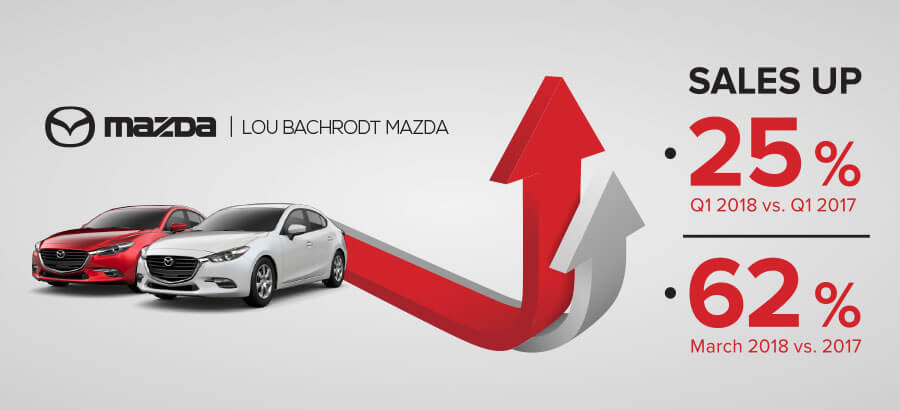
To be truly effective, Nunez said, marketing and the sales approach need to complement each other. “Here’s the thing; unless the customers know where you’re at, unless they know what you’re willing to do, they won’t come in the store,” he said. “The
days of people just going from store to store ended years ago. SEM, targeting, area targeting, customer targeting… it’s the business. That’s what it comes down to. That’s where we are today.”
“I think a big part of the store’s success has really been Les’s philosophy first and then the advertising second, specifically the marketing we’re doing with Team Velocity,” Lowitz said. “Without his philosophy, I don’t think it would’ve worked as well as it has.”
MAINTAINING AND BUILDING RELATIONSHIPS WITH SERVICE
In addition to marketing, service is the other way dealerships can keep customers coming in and building all-important relationships. As with the other elements of his strategy, Nunez and his team have taken an aggressive approach to making sure the customer has a great experience.
“Early in the year, we introduced a maintenance plan at a very discounted rate,” Nunez said, “and I’m talking an extremely discounted rate — almost as a gift to our customers so that they come back to us and service with us. Yes, the initial hit of selling the package costs the store a little bit of money, but if you look at it in the long run, we retain those customers.”
In addition to this service, Lou Bachrodt Mazda is also making efforts on the marketing side to bring existing customers back and bring new ones in. “We now are targeting customers in different ways using Team Velocity in intervals of 60 days, 90 days, 9 months and 12 months. We also signed up for a package where we try to target customers in our area, within a given radius of our location. We target various consumer types to bring them to the store for service. For instance, customers who have not been to our dealership for a long time will get a different offer and different coupons than someone who has been here recently.”
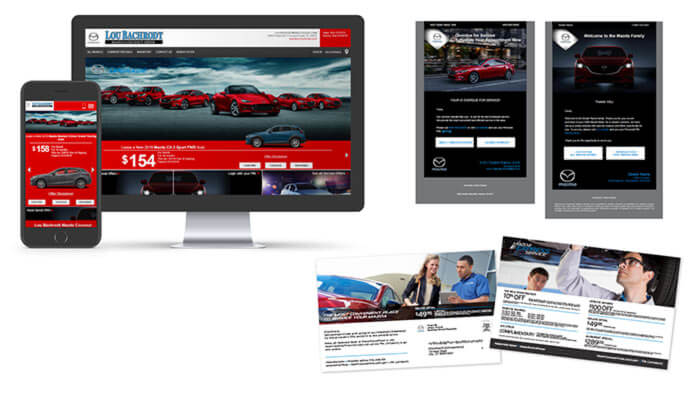
Lou Bachrodt Mazda uses Team Velocity Marketing’s Apollo Technology Planform® to manage integrated marketing campaigns for sales, service and equity mining. Apollo automatically generates and deploys campaigns across mail, email and digital advertising, offering consistent messaging and branding, and provides a web-based dashboard to track results in real-time.
PRESENT SUCCESS AND FUTURE PLANS
While Lou Bachrodt Mazda is enjoying a surge in sales, Nunez knows that to maintain growth and keep the numbers moving in the right direction, he and his team must keep an eye on their efforts, plan for the future and make adjustments when necessary.
“If you want to be successful, you have to know what you’re fighting against and how you’re going get there,” he said. “You can’t just go blind. It’s fun though. I’ll be honest with you; when the car business stops being fun, it’ll be a different day for me. As long as it continues to be fun, though, we’ll keep doing it. There’s no a doubt about it.”
